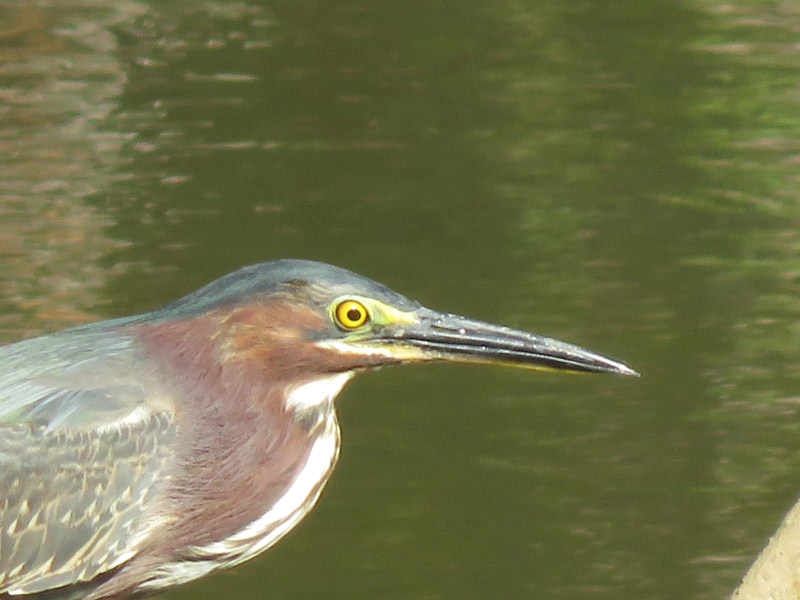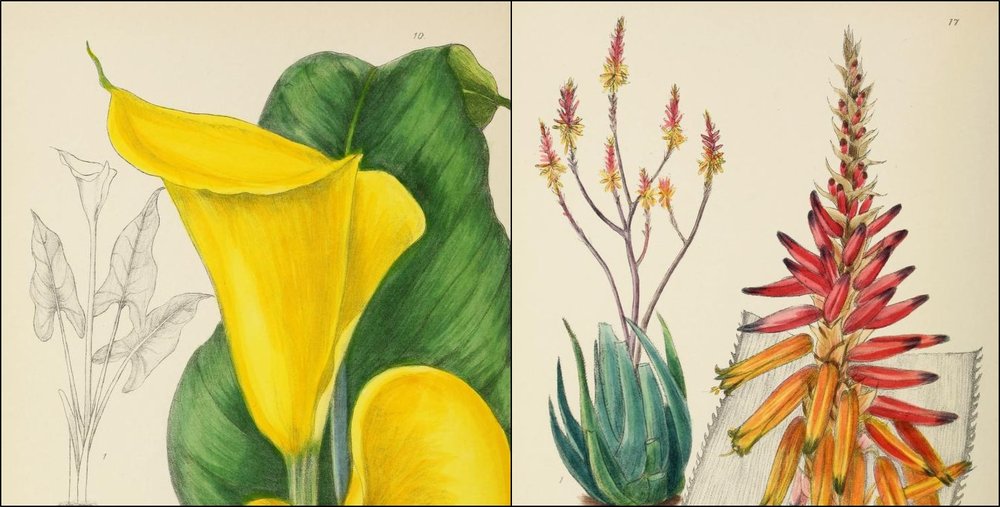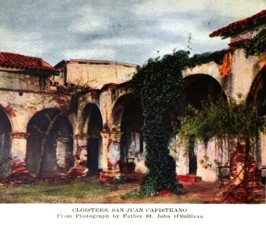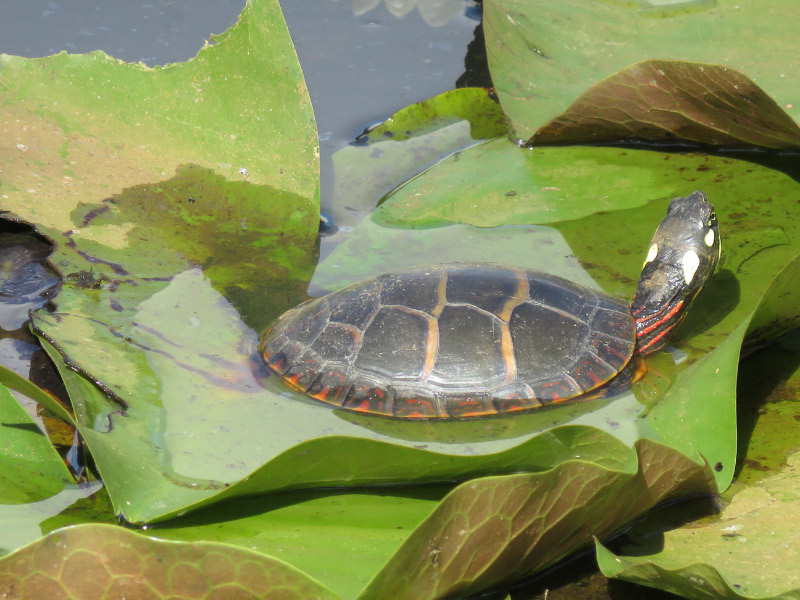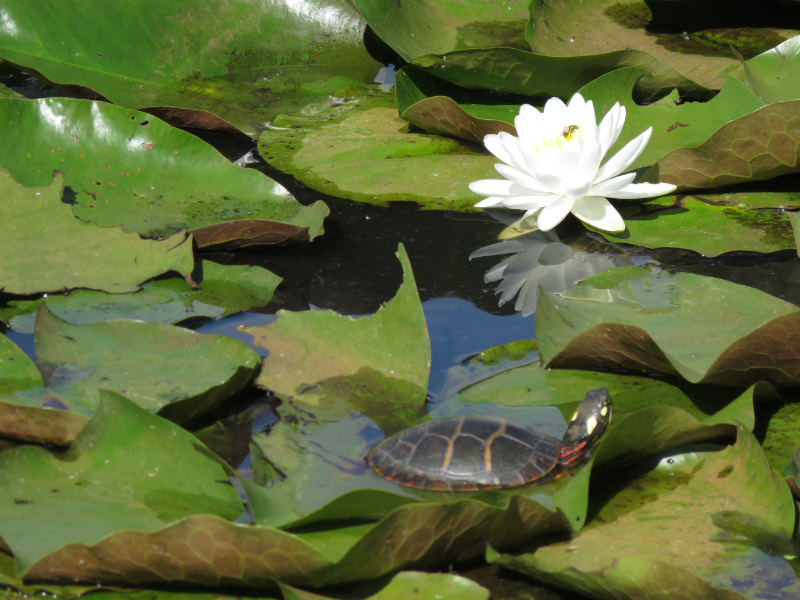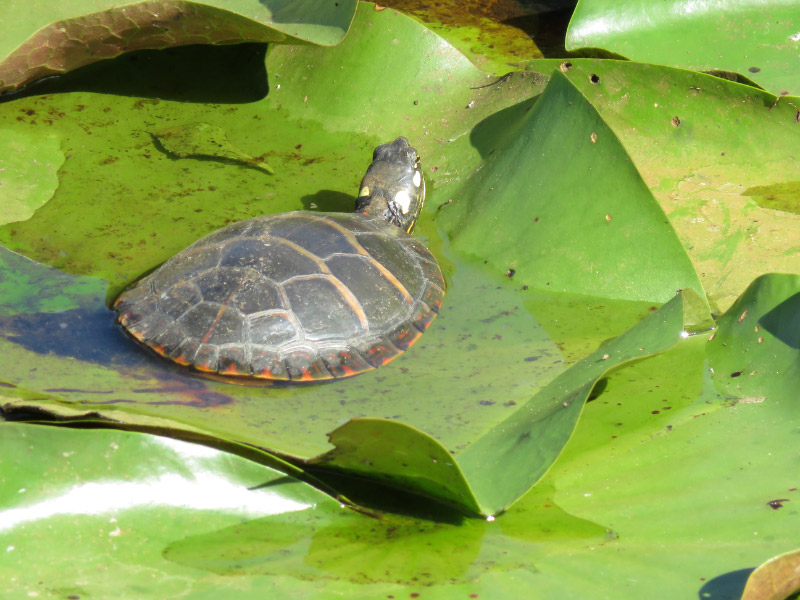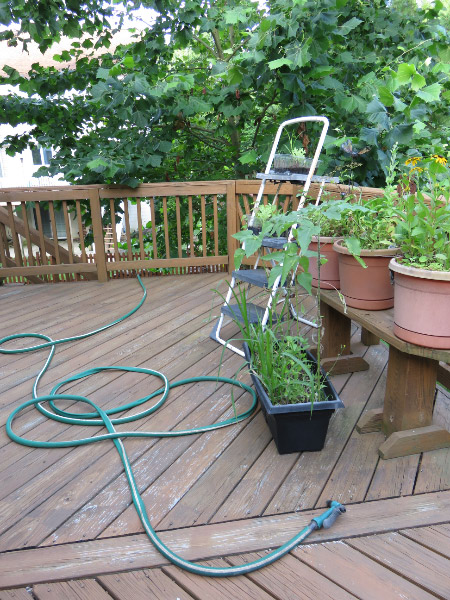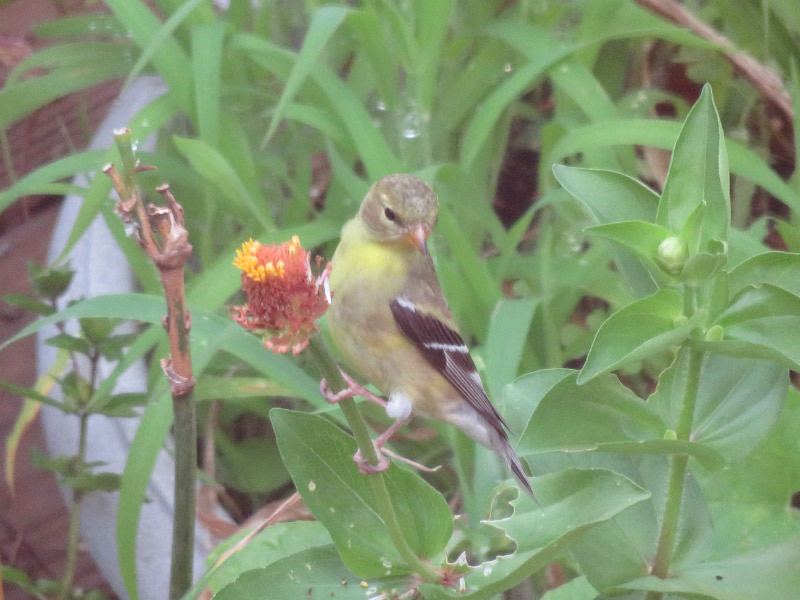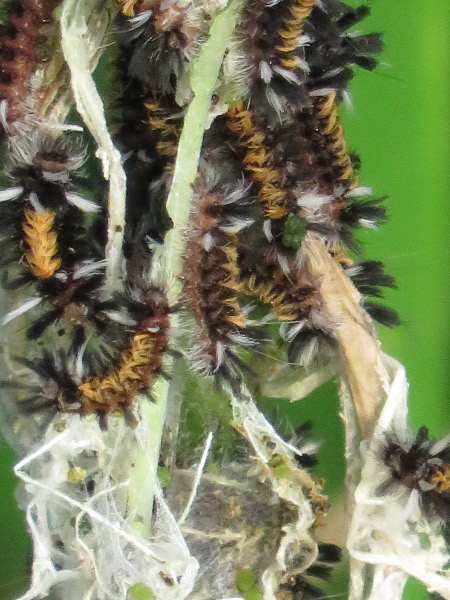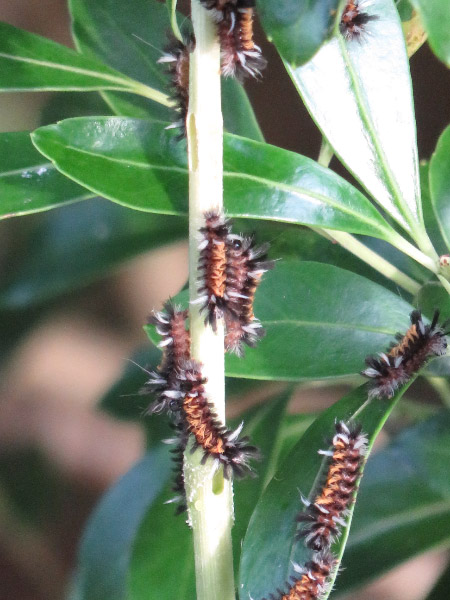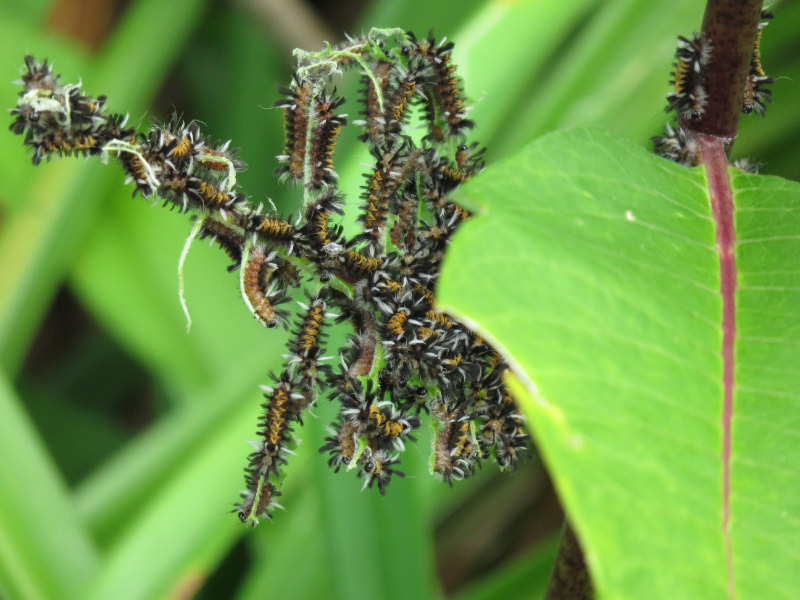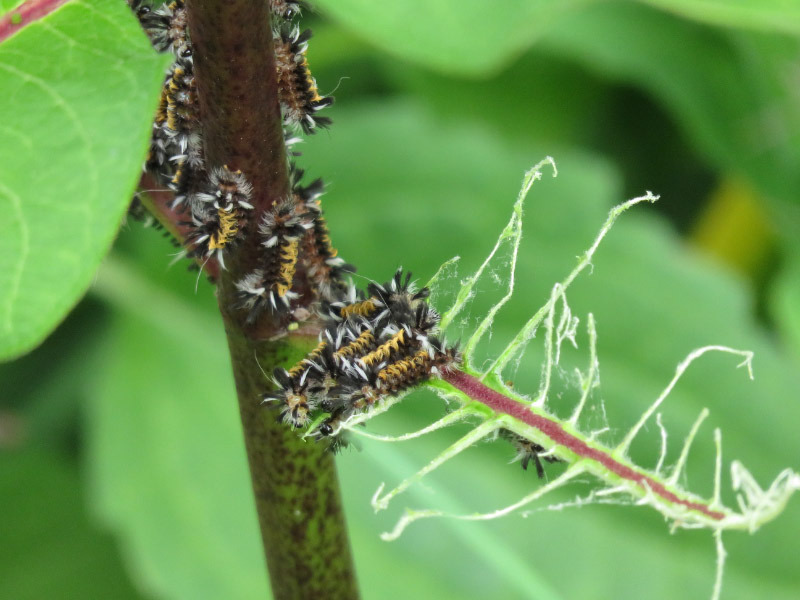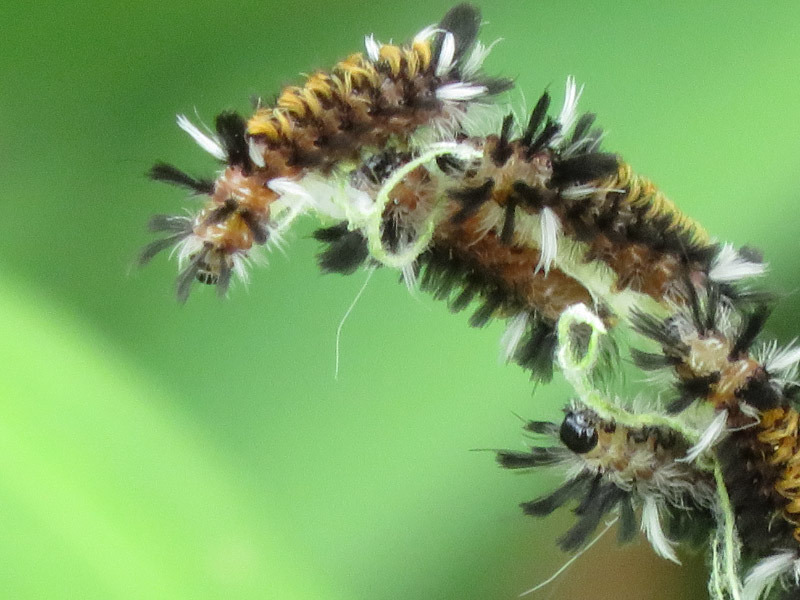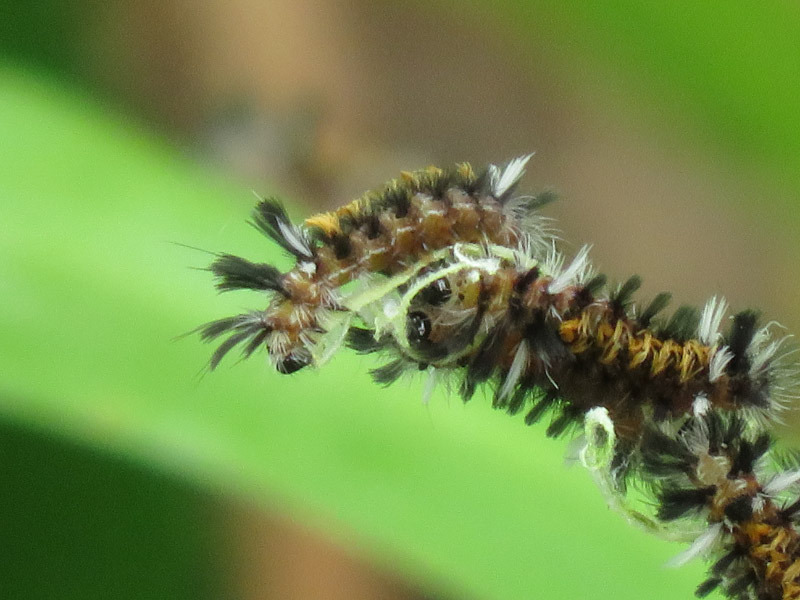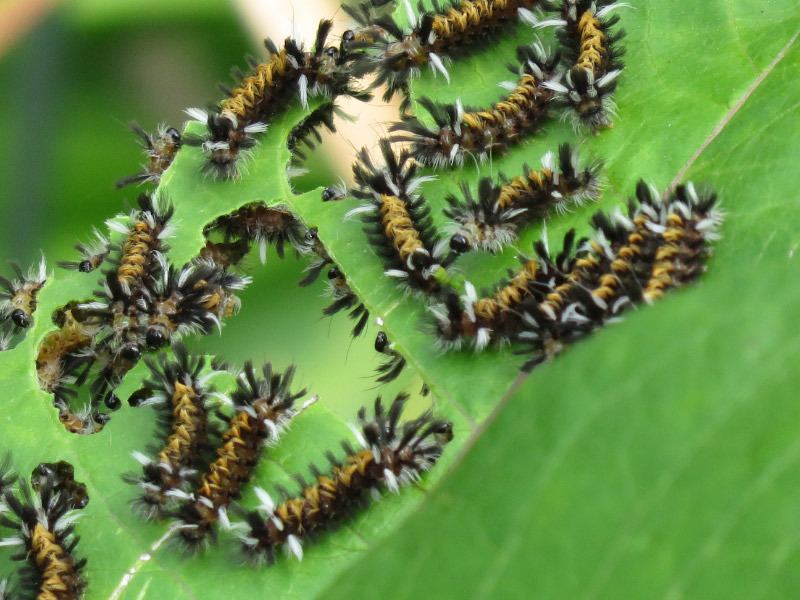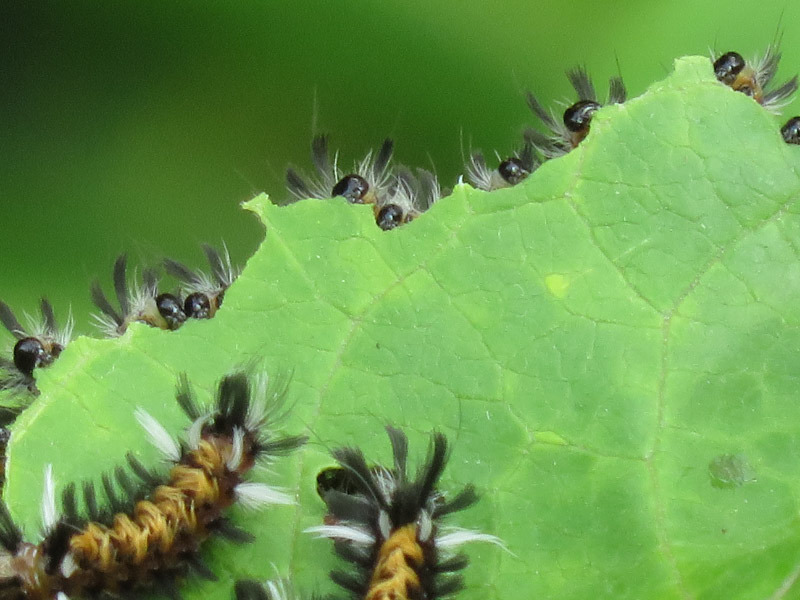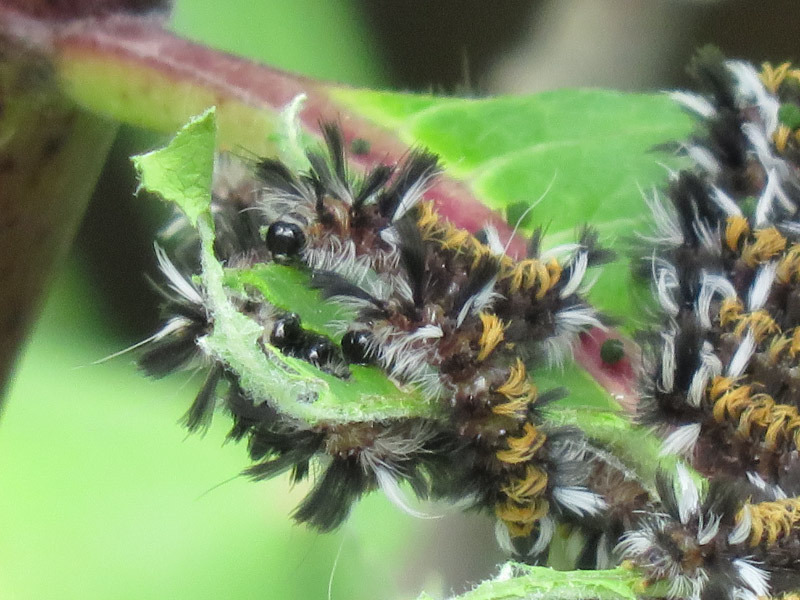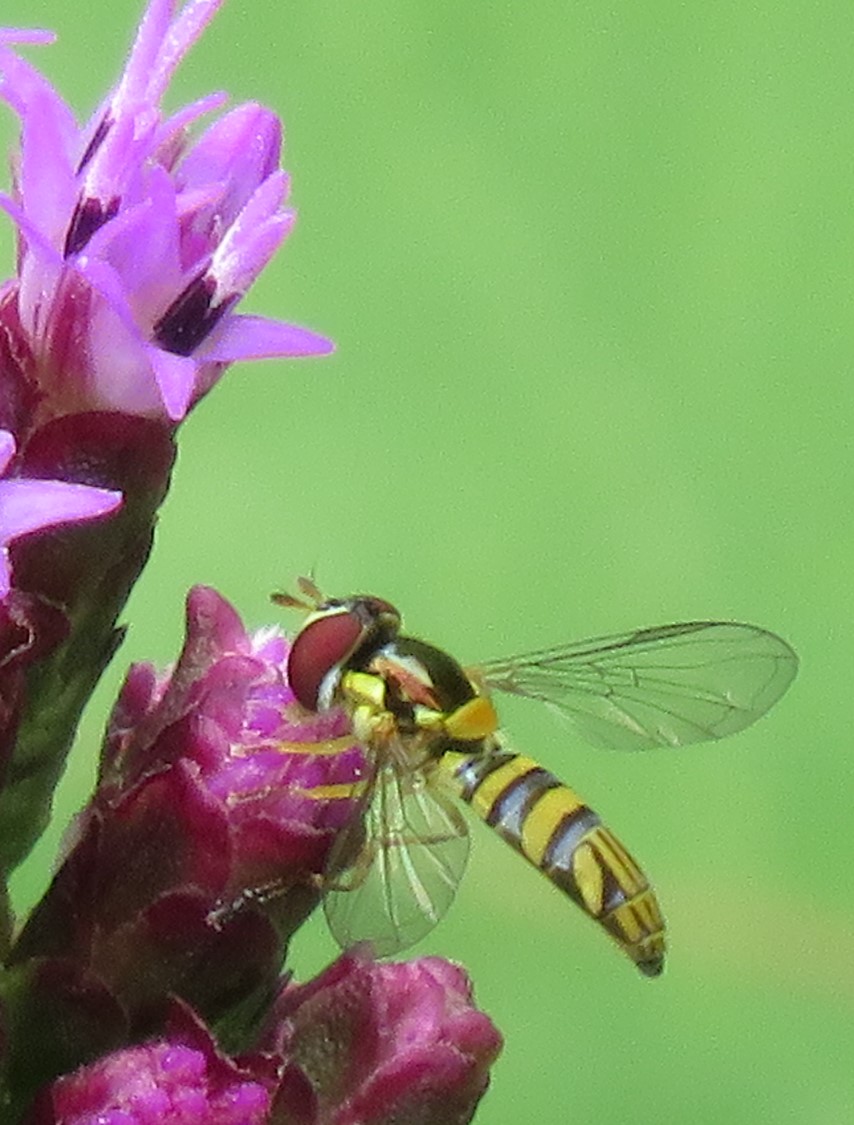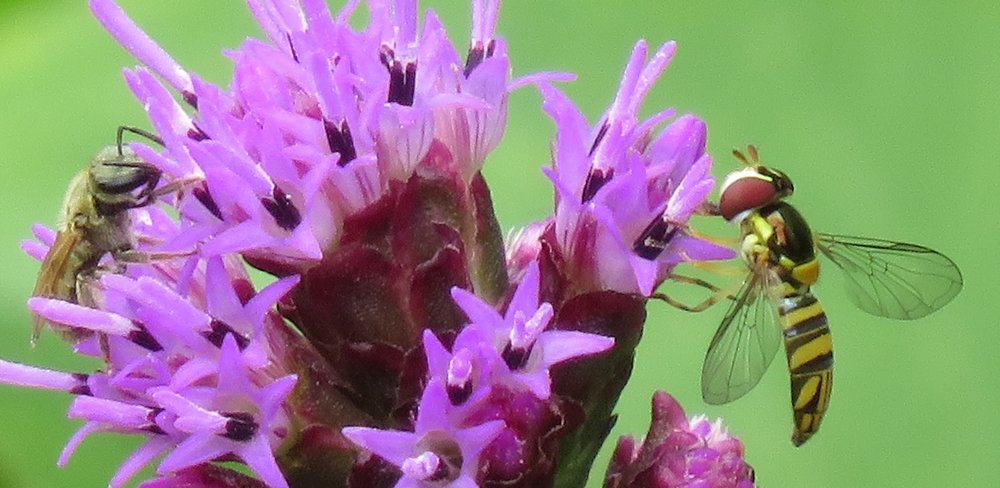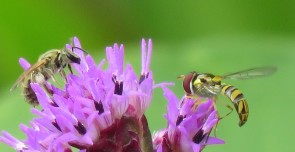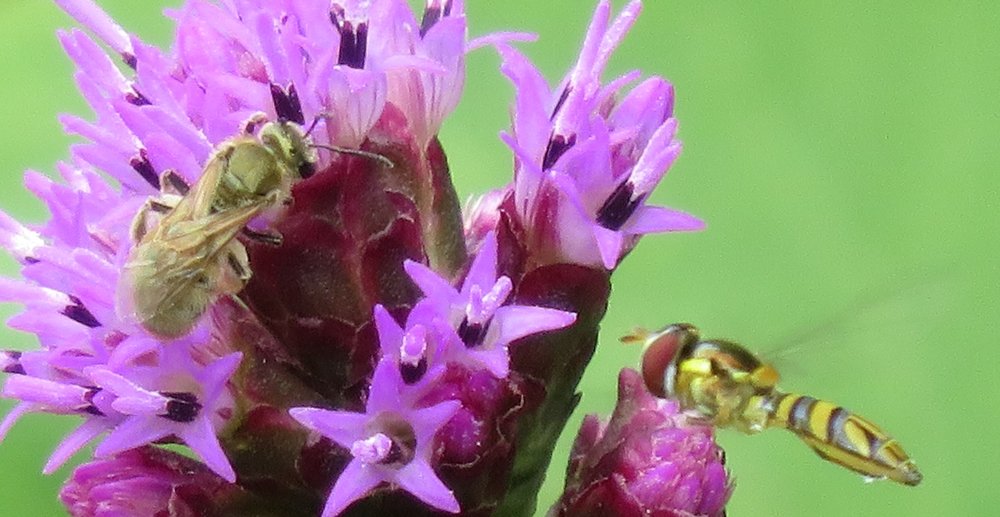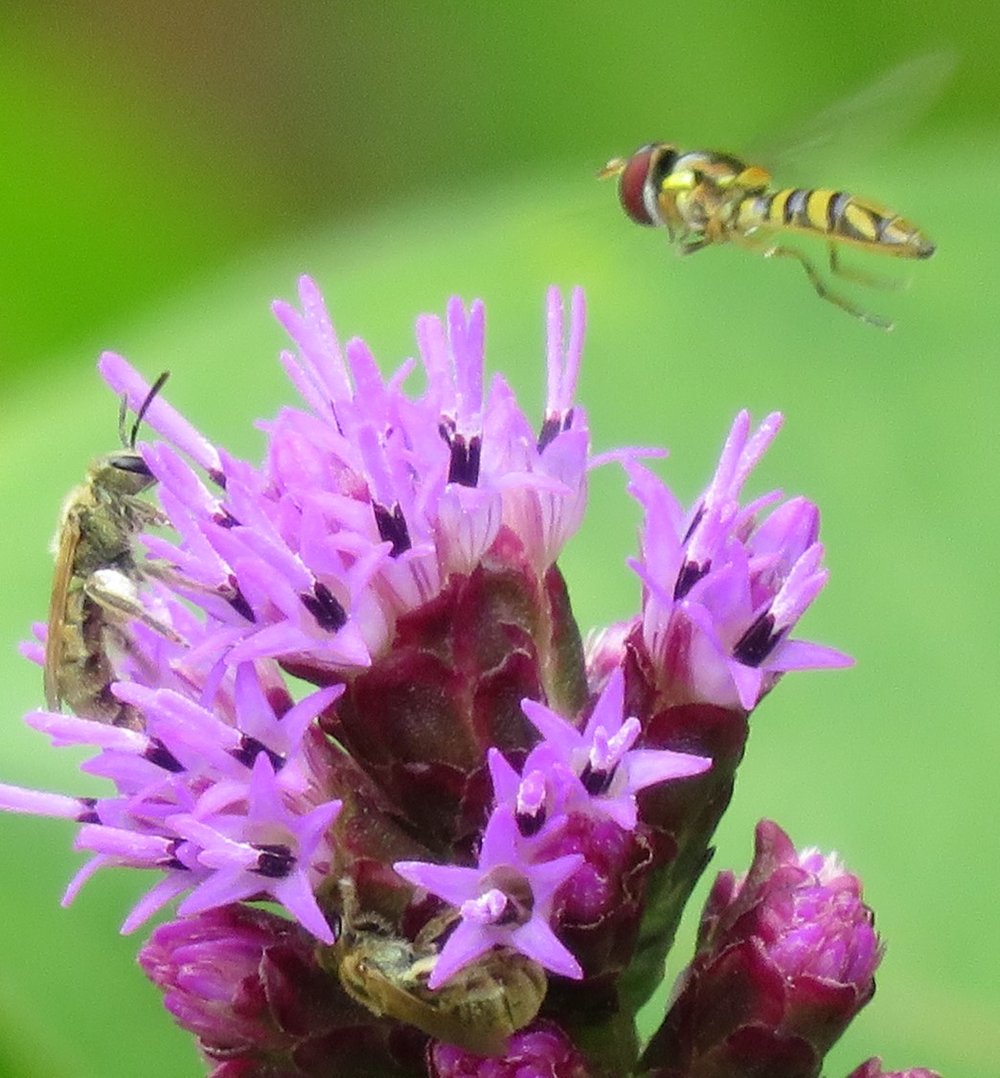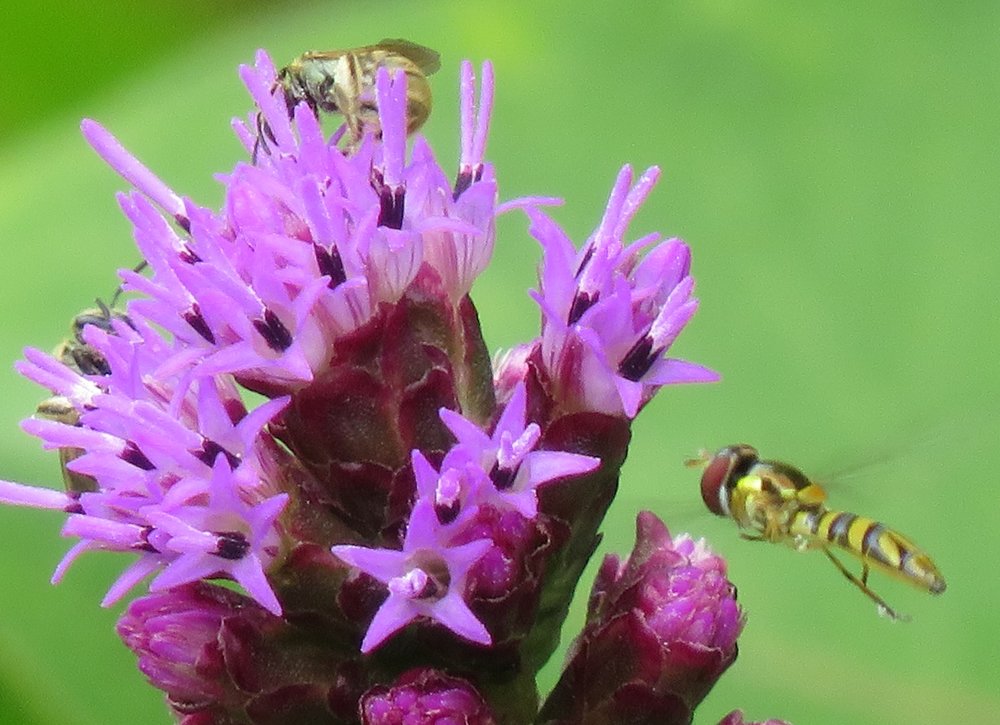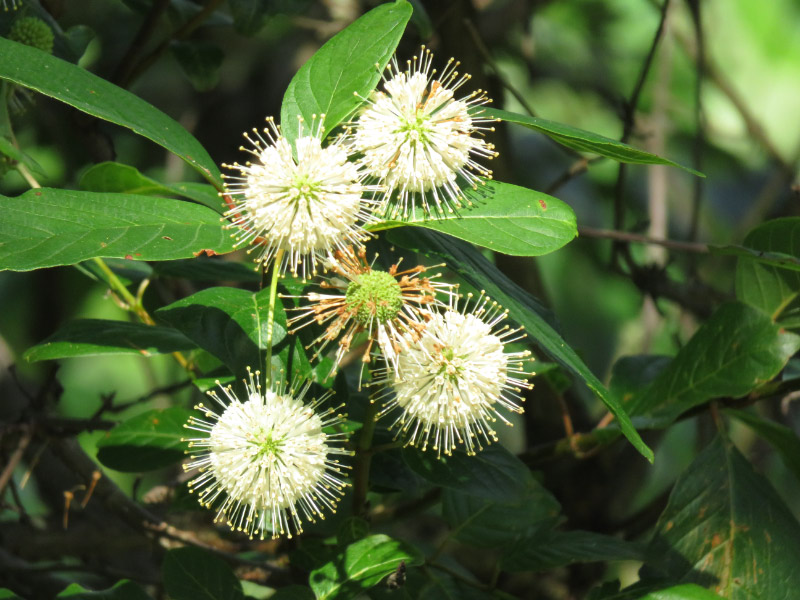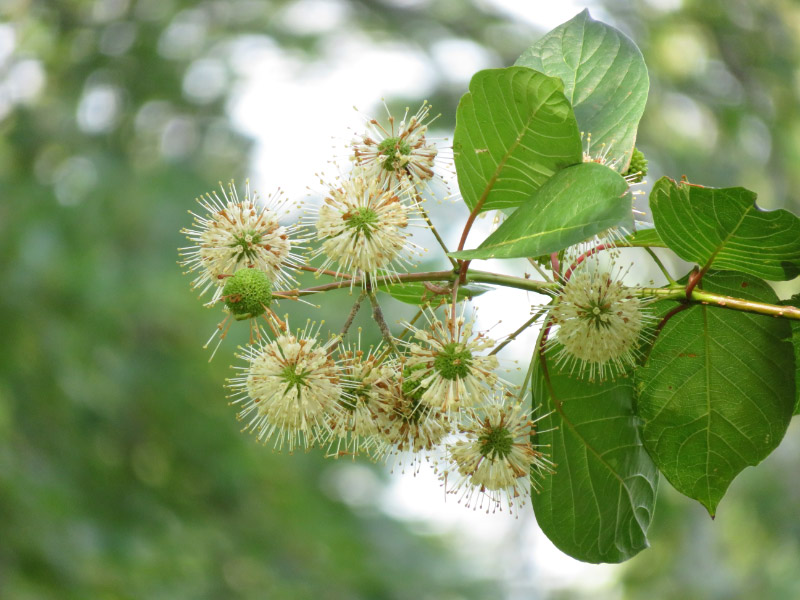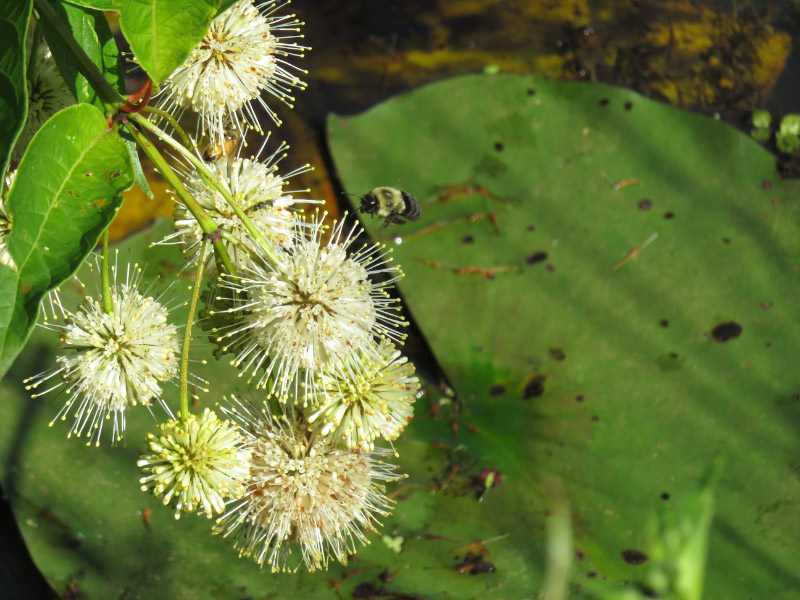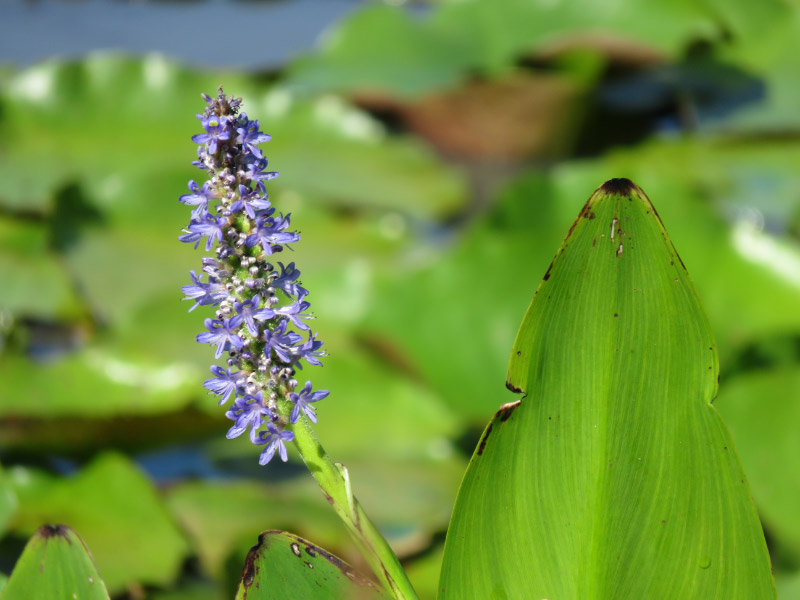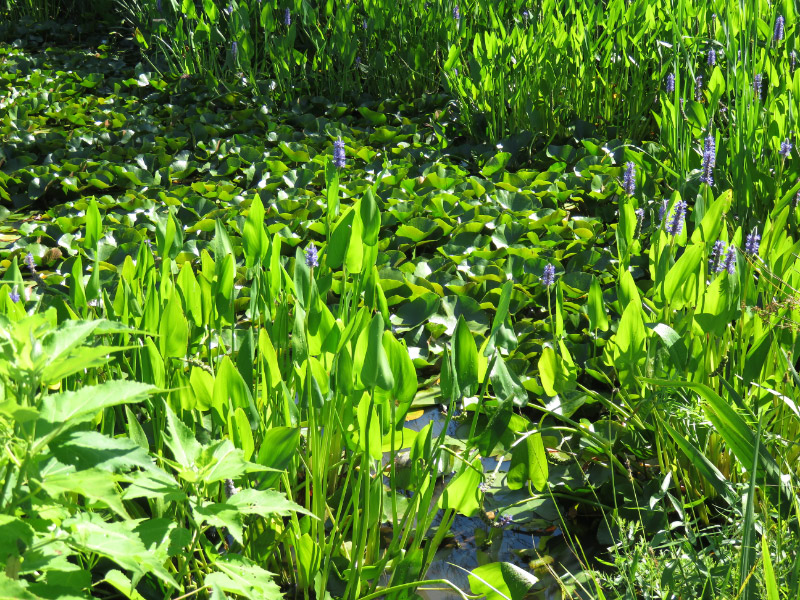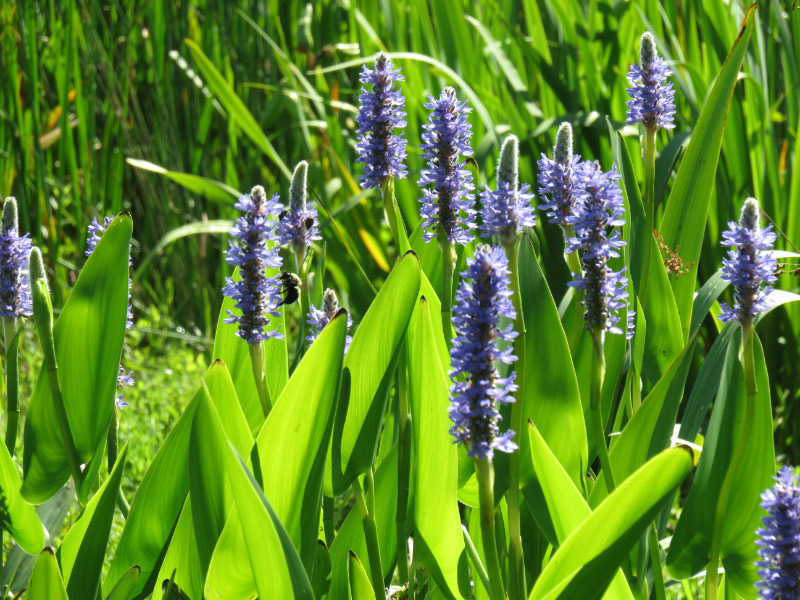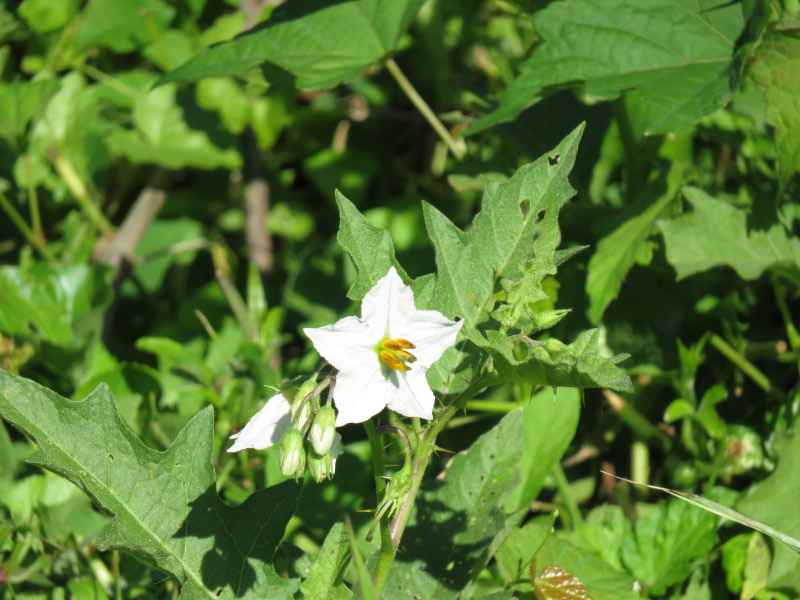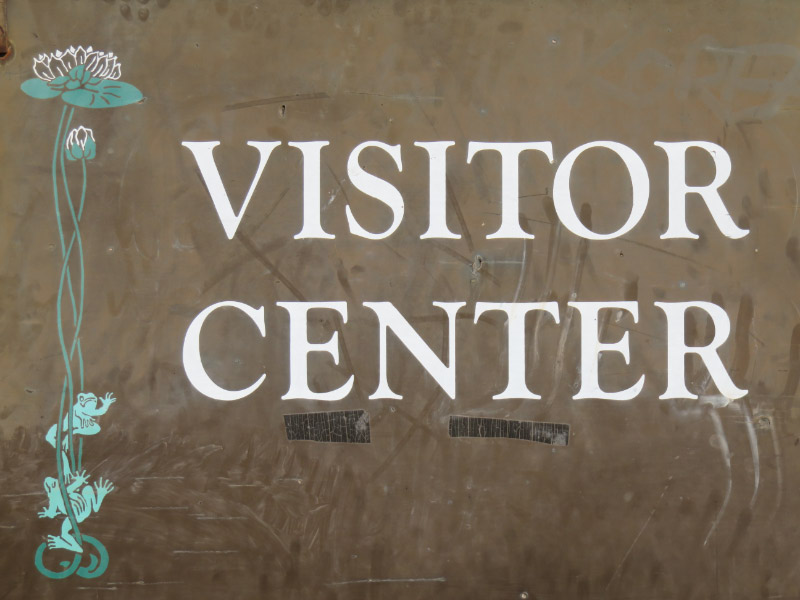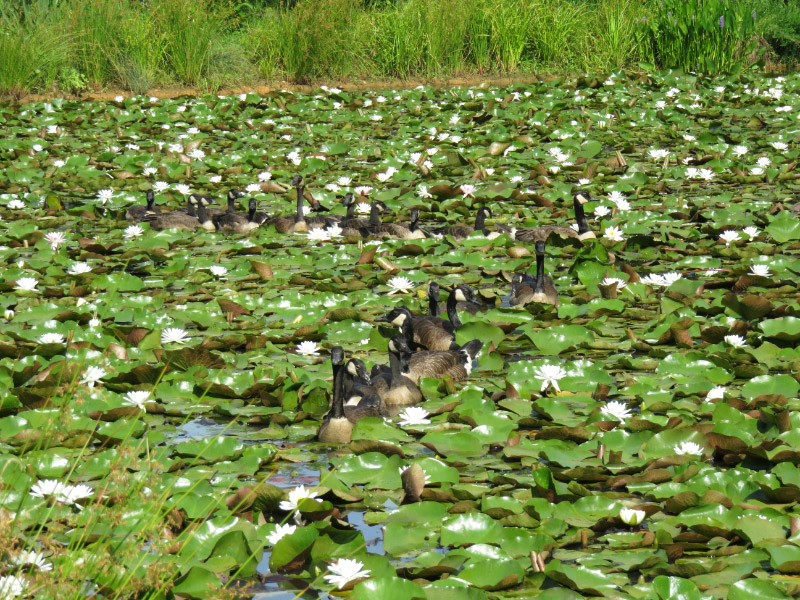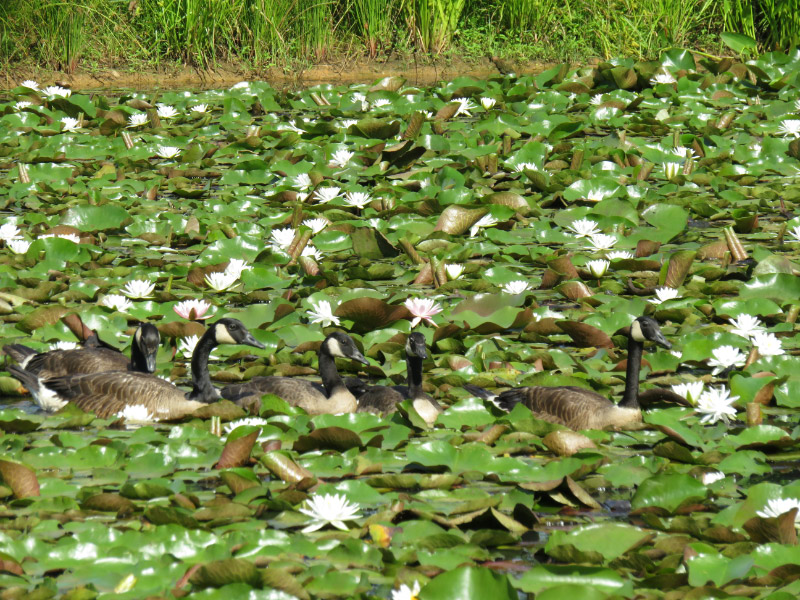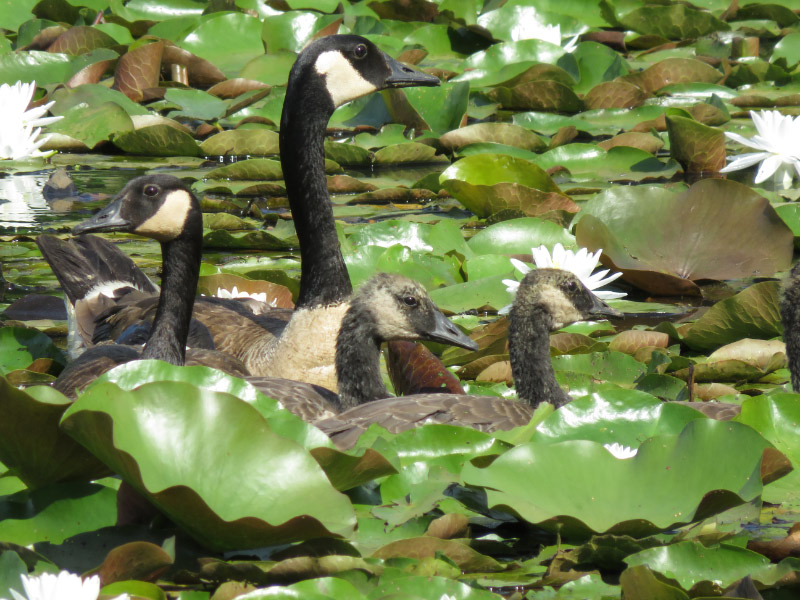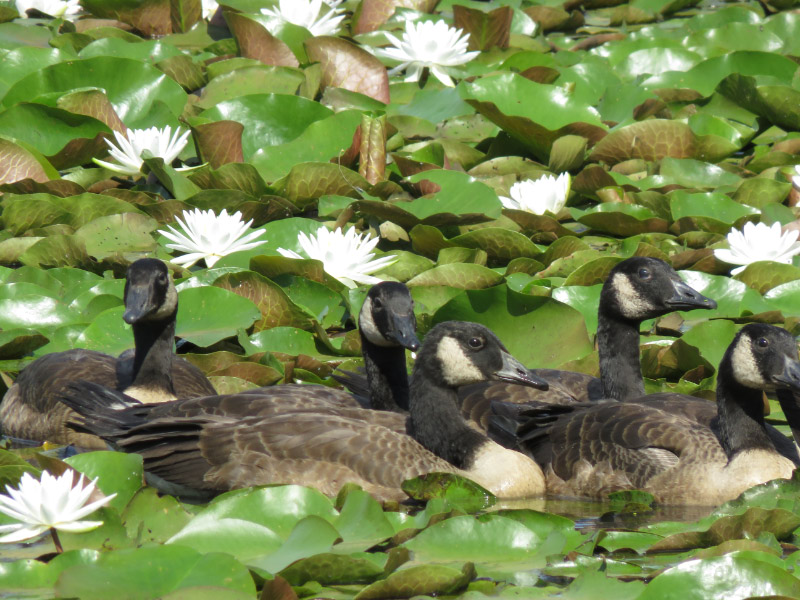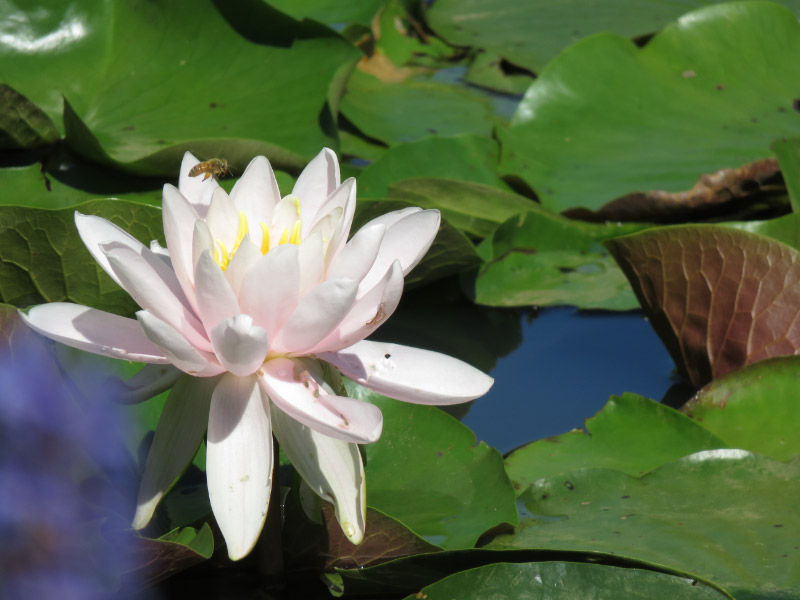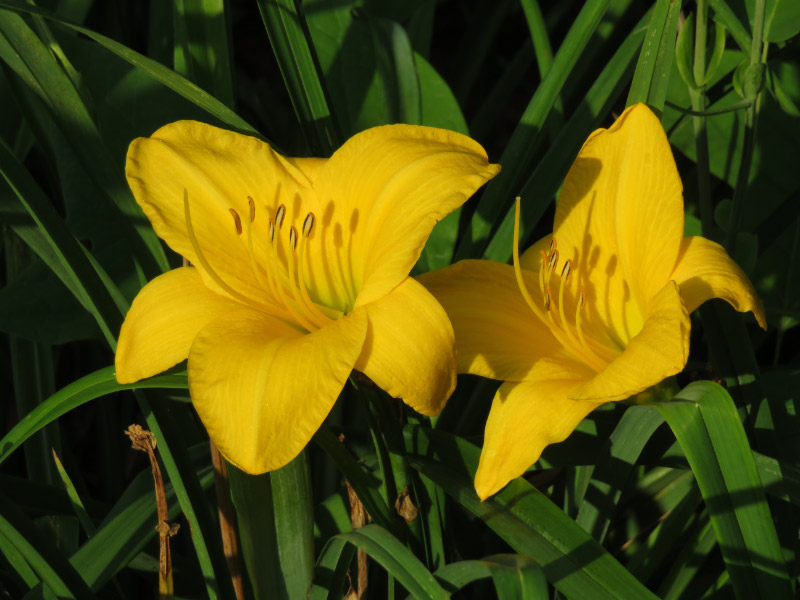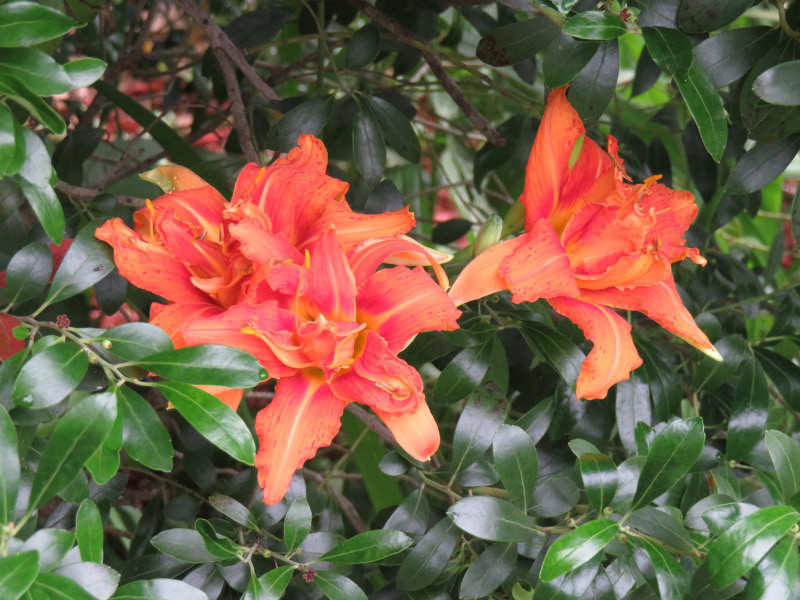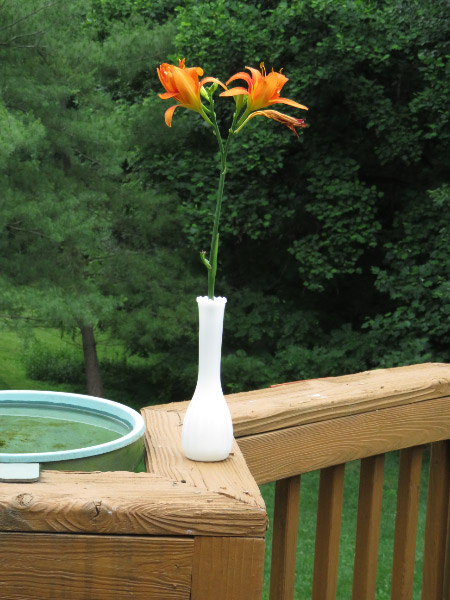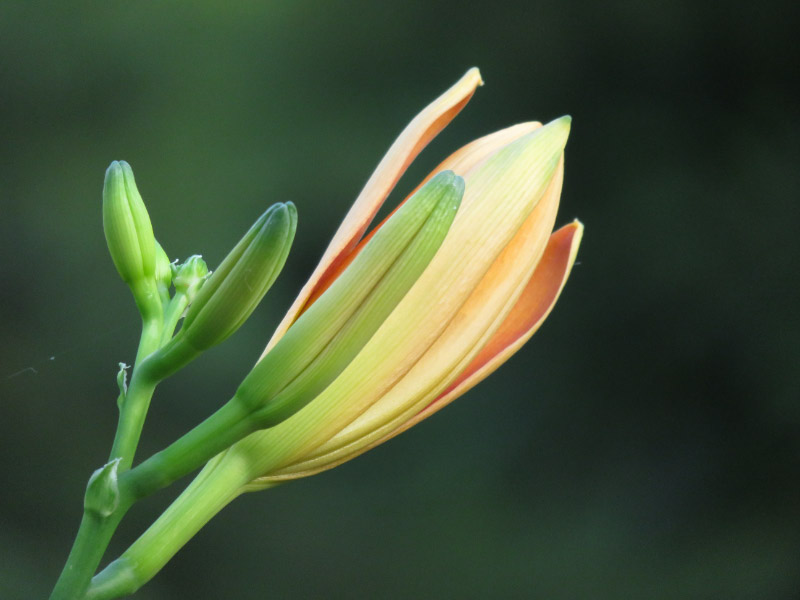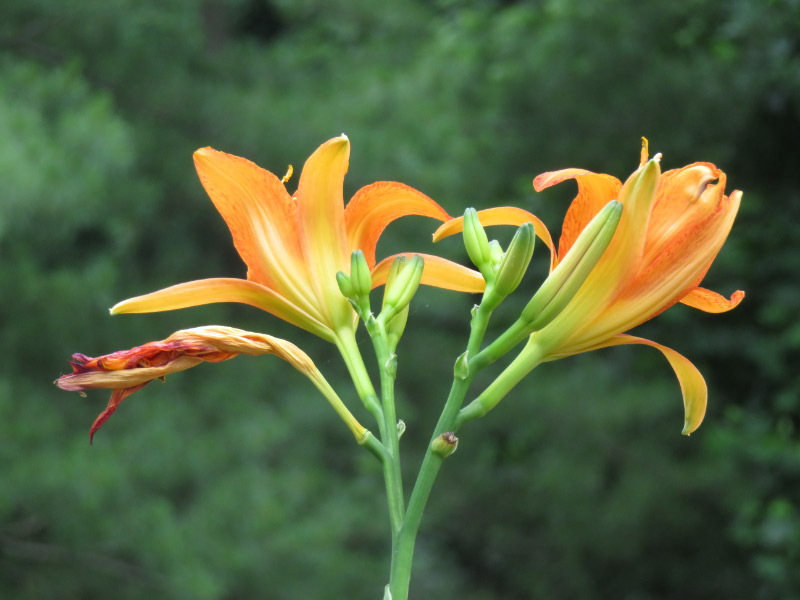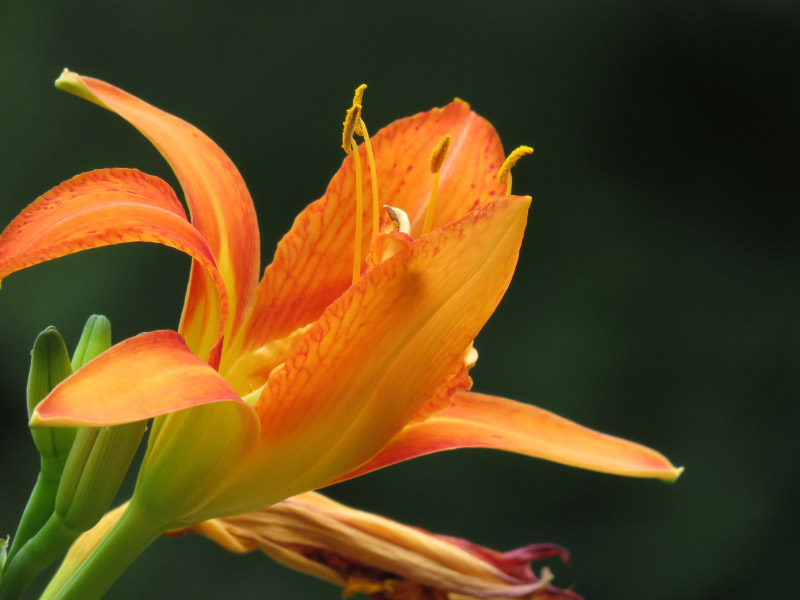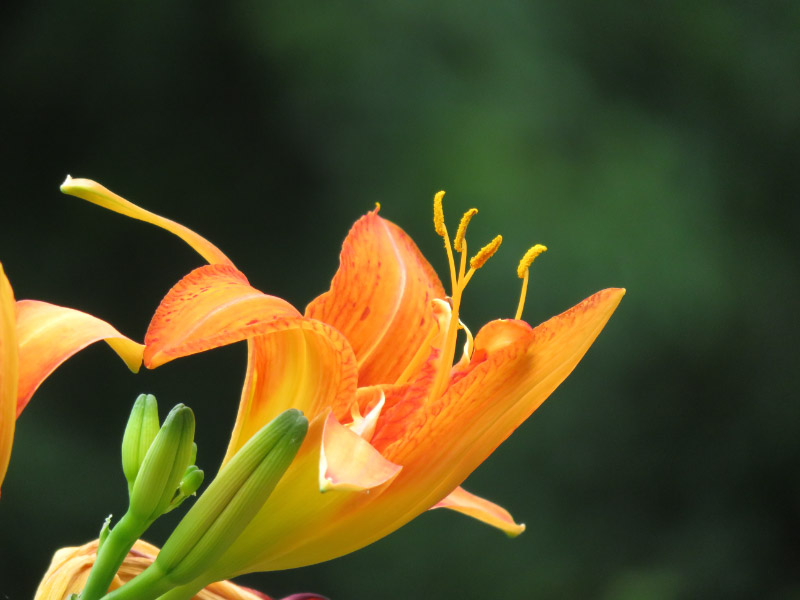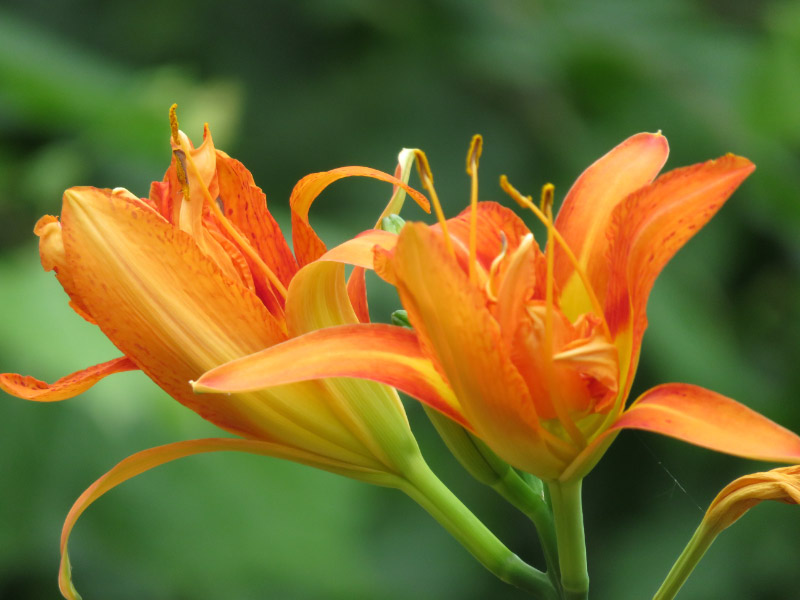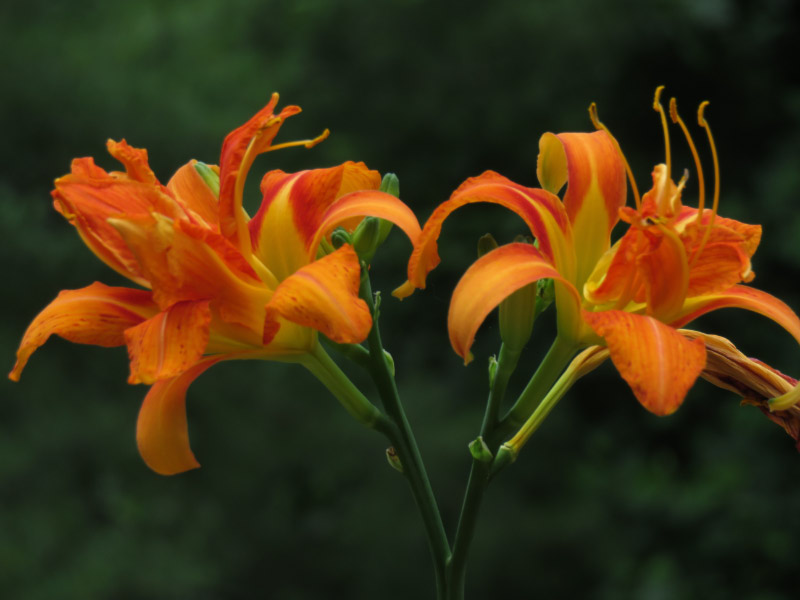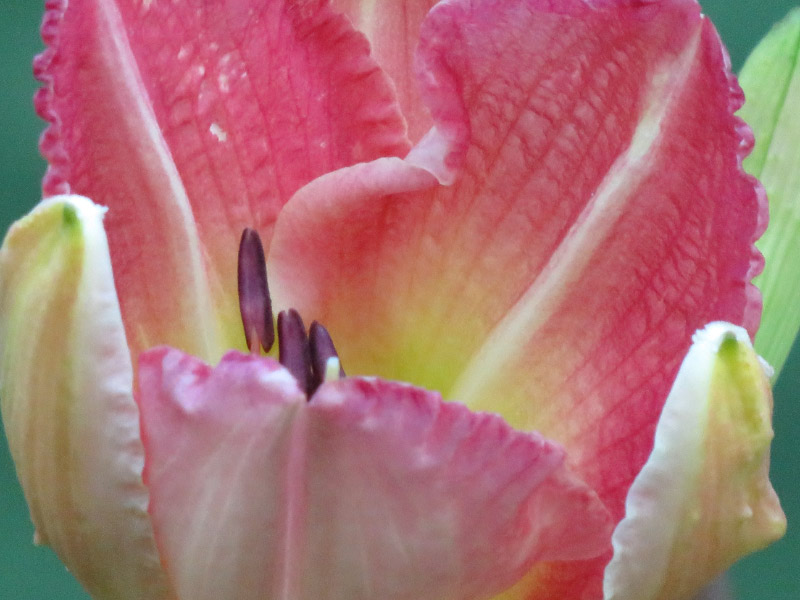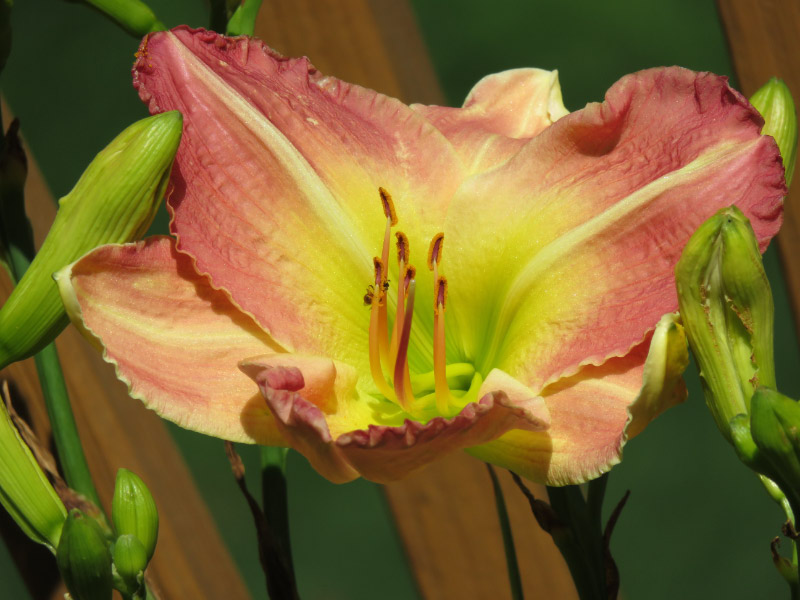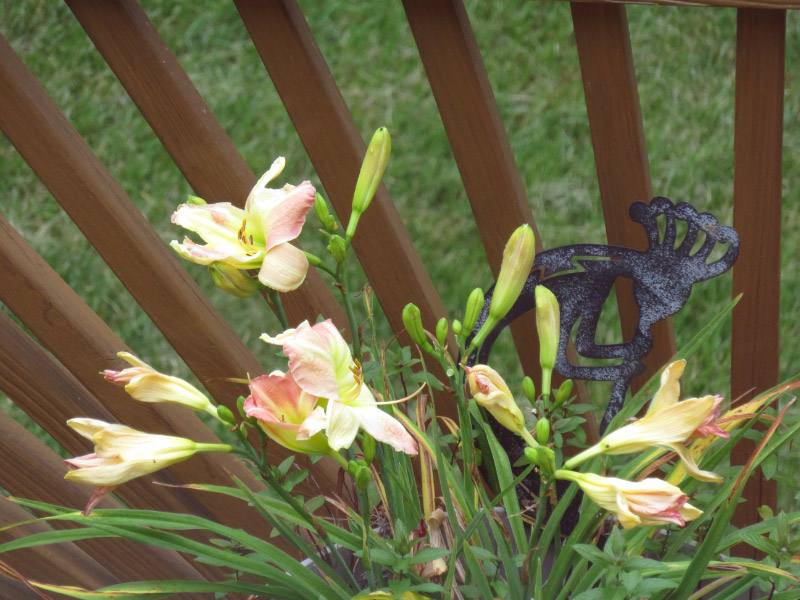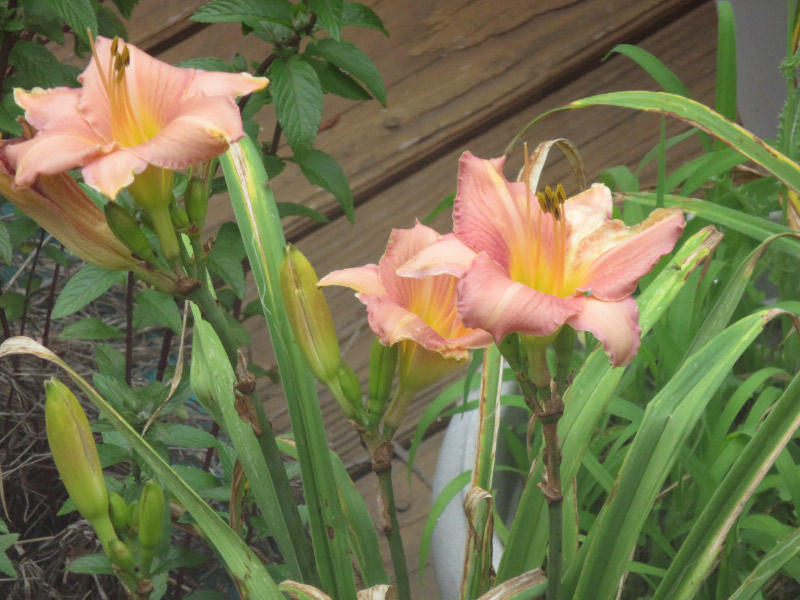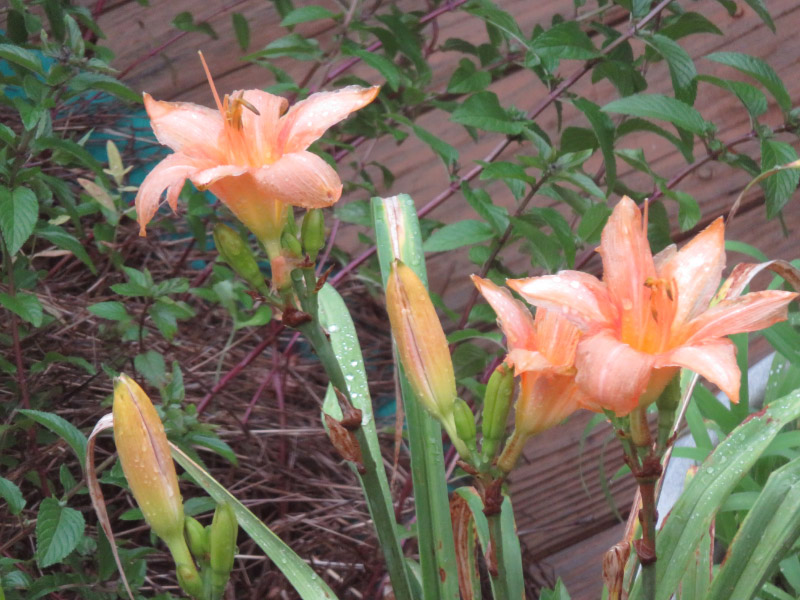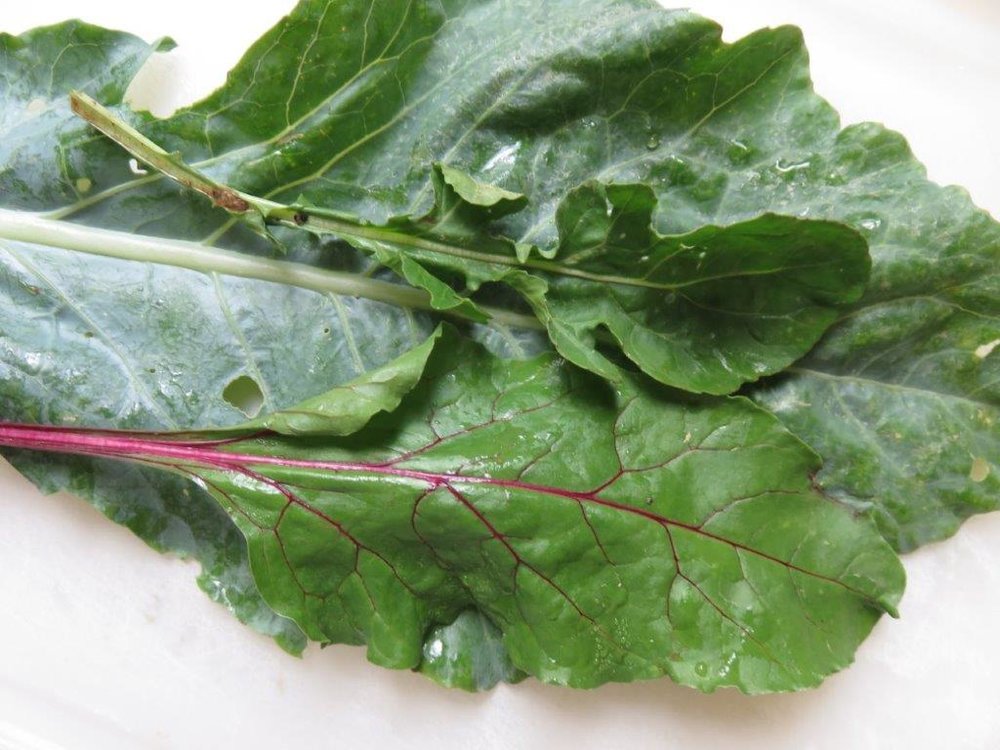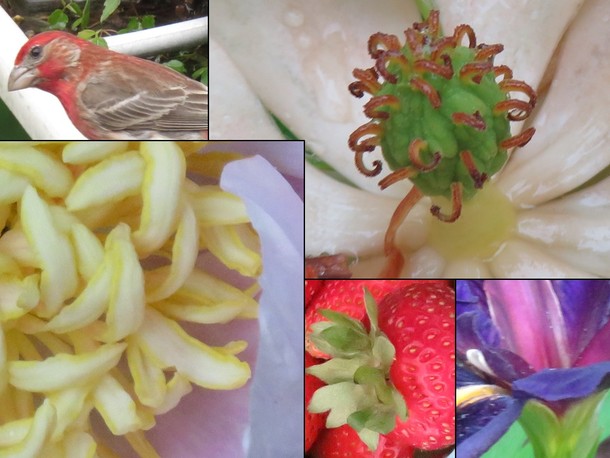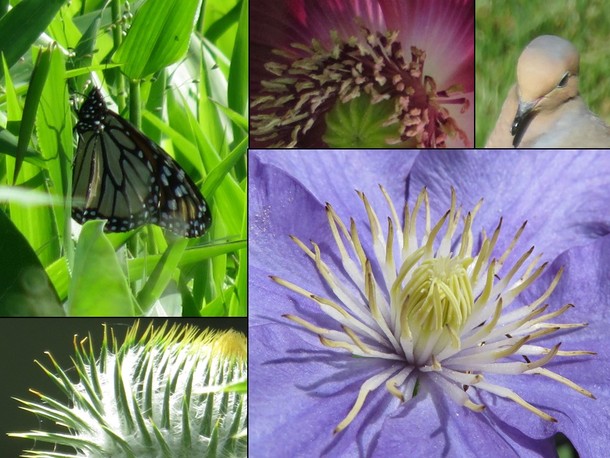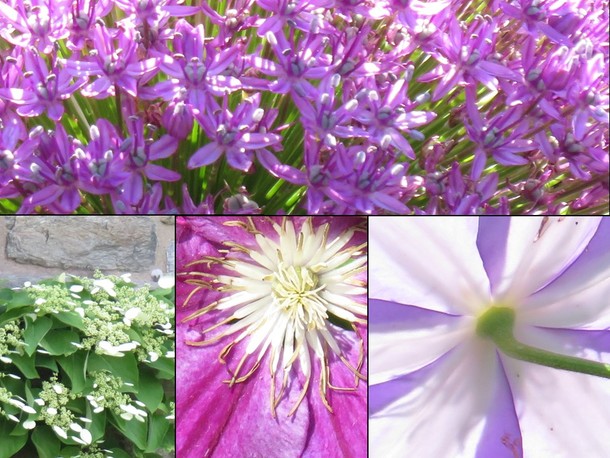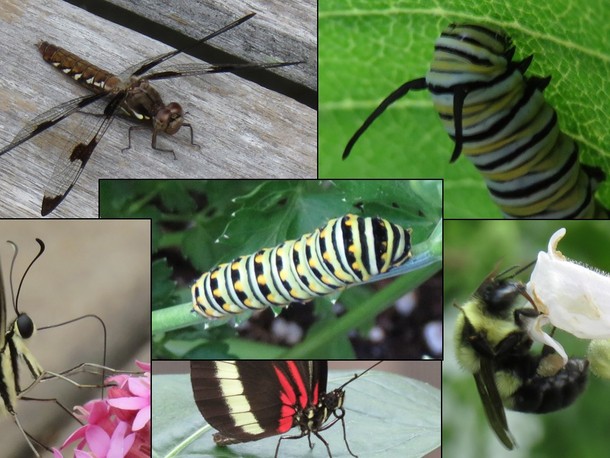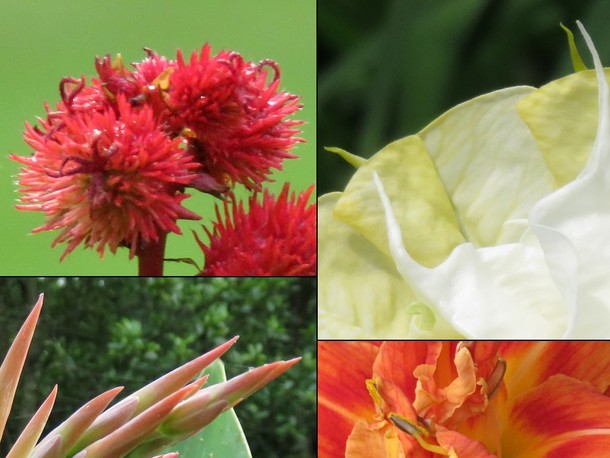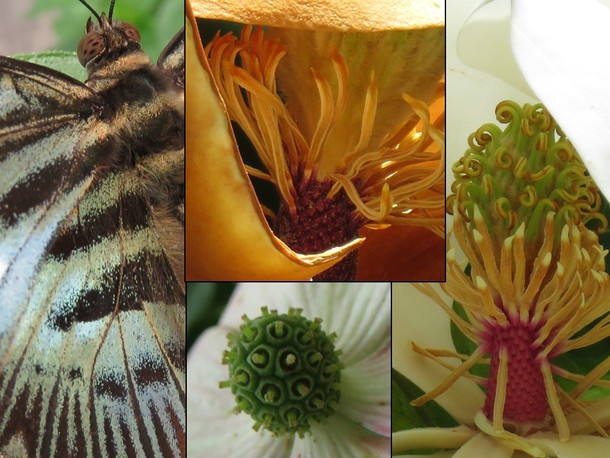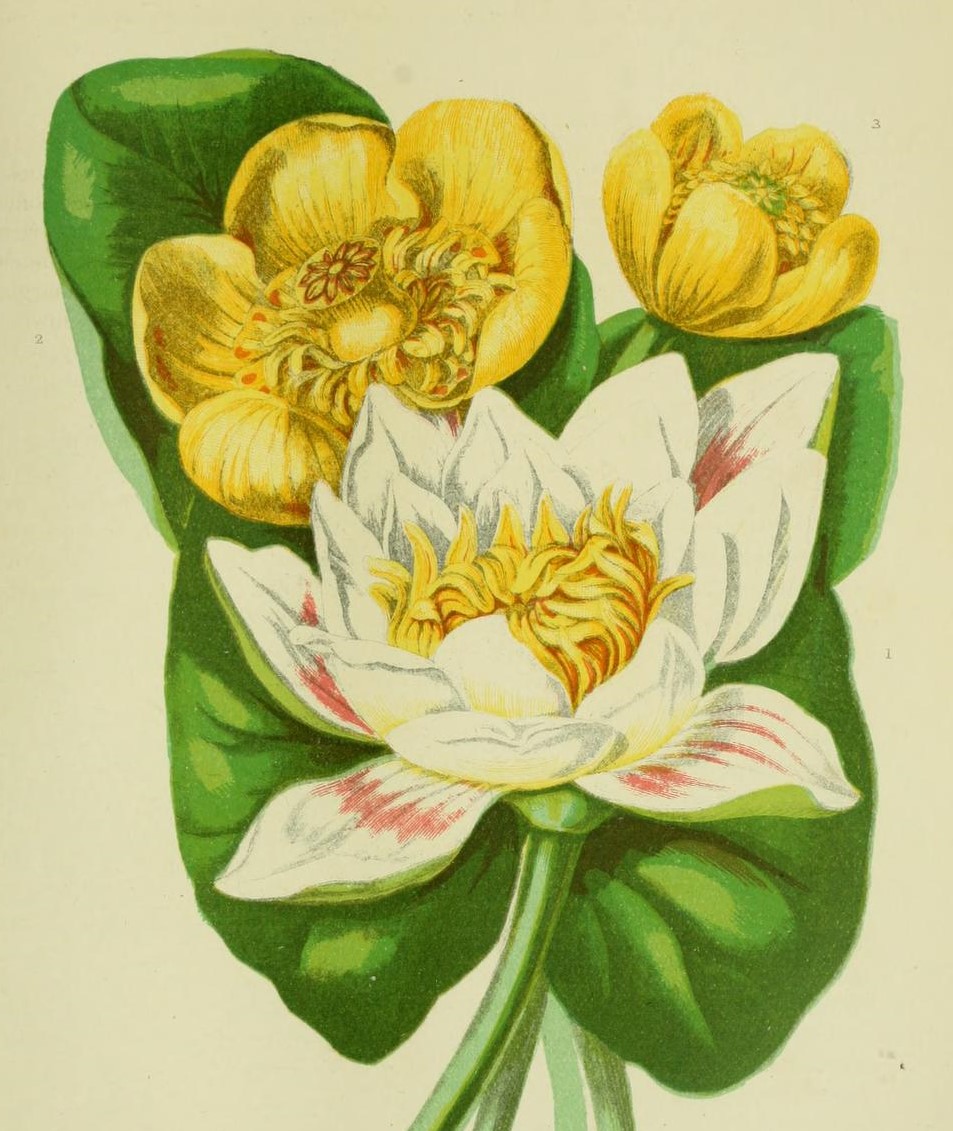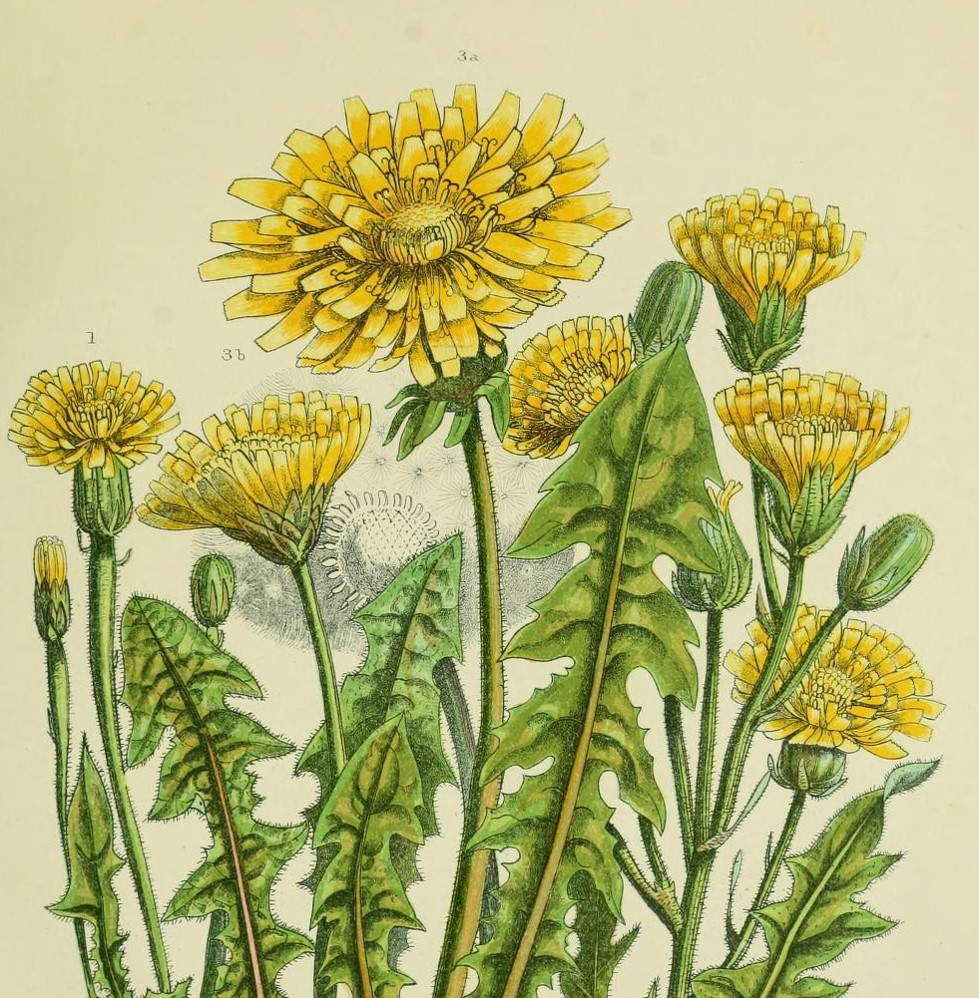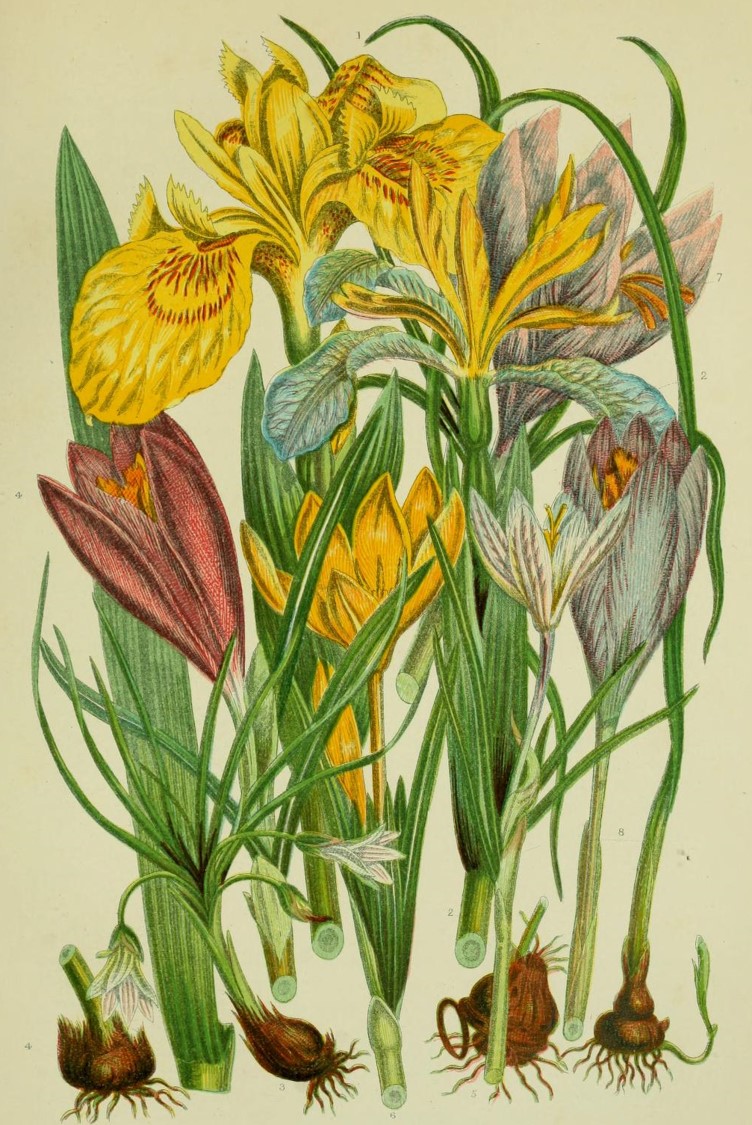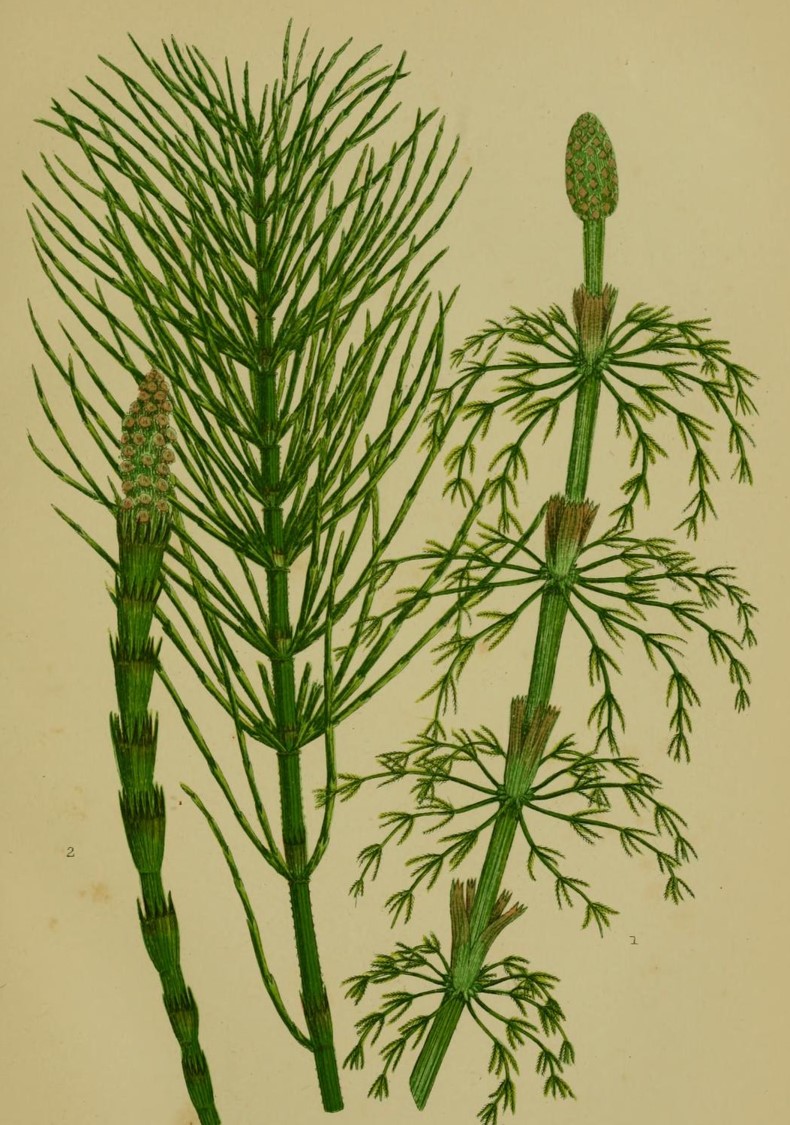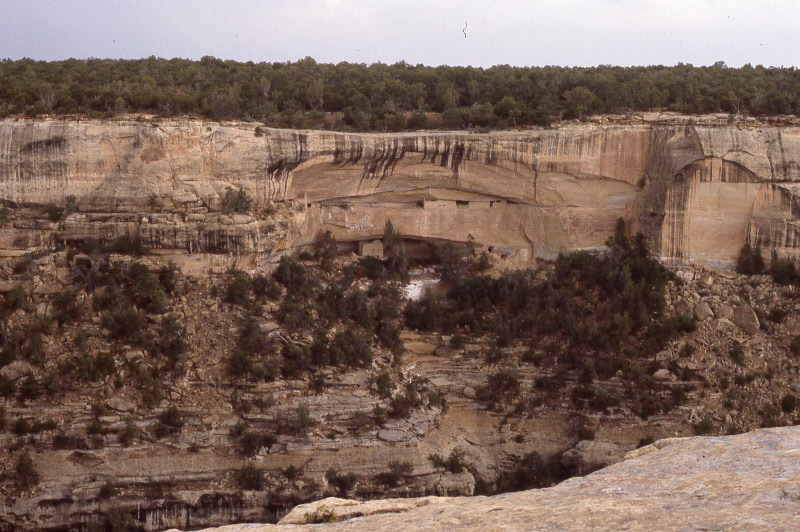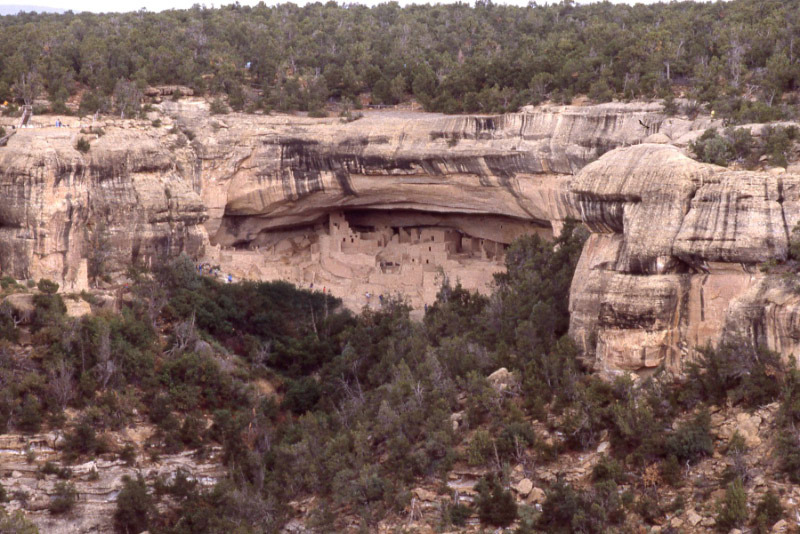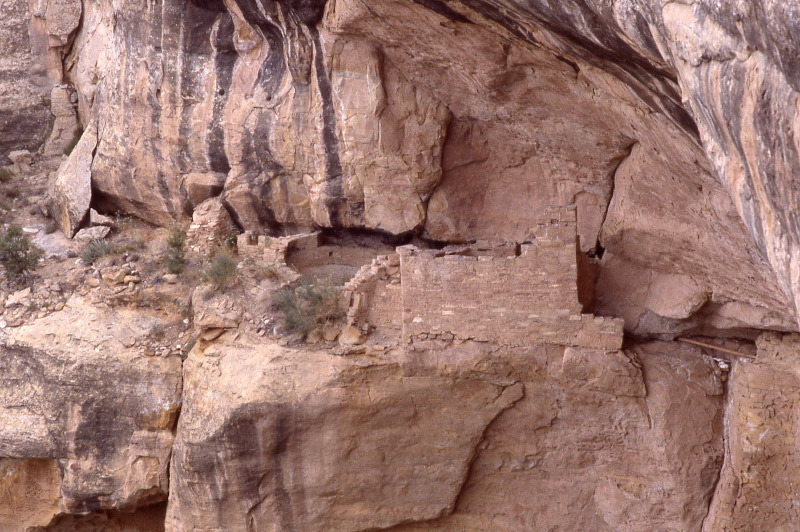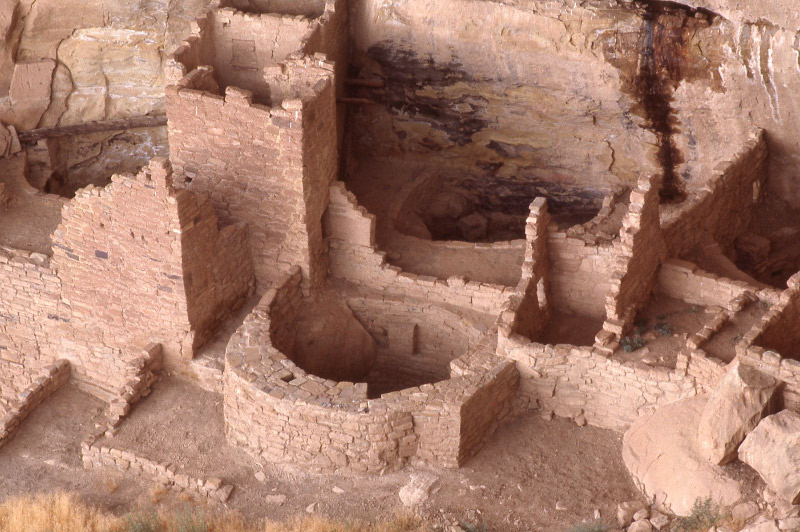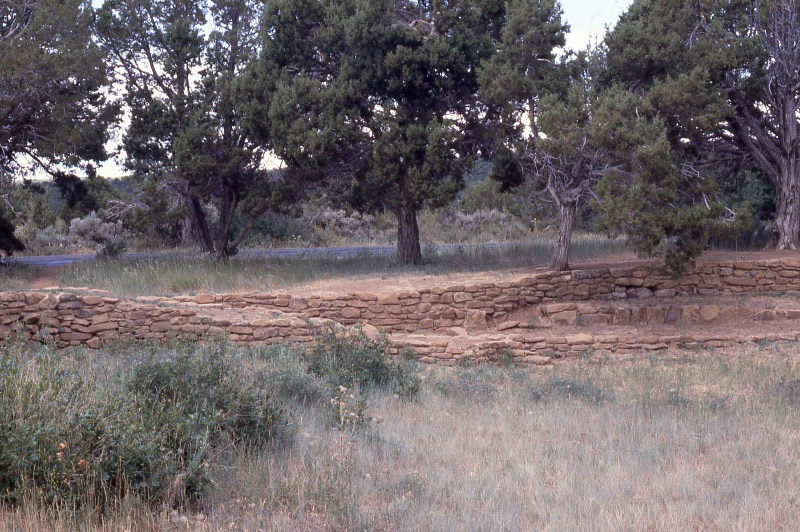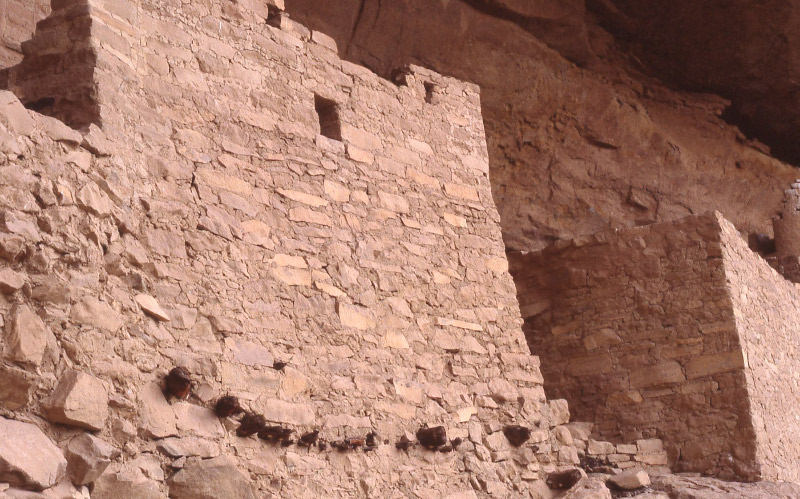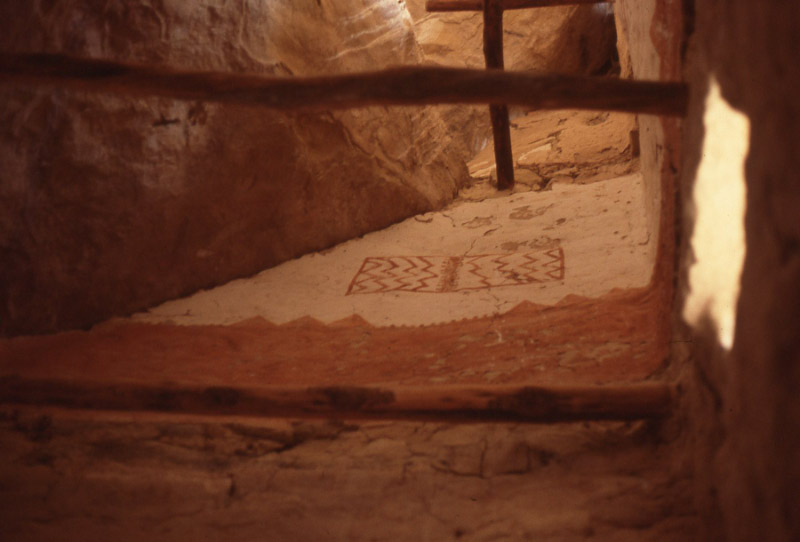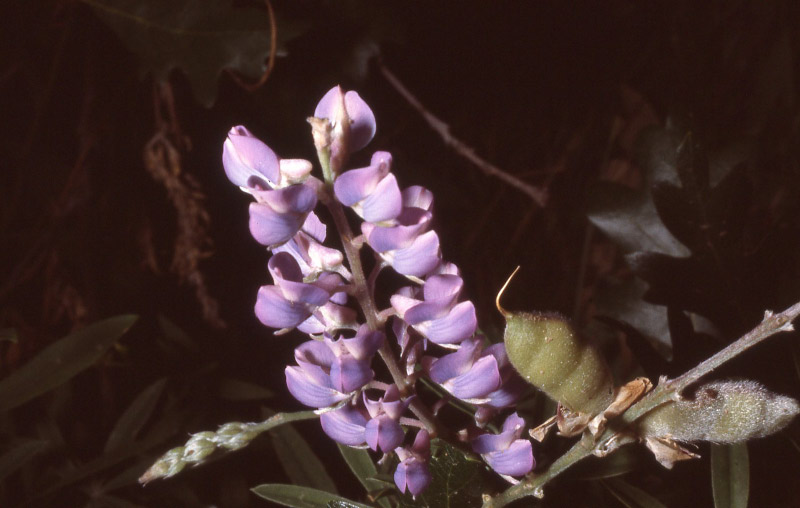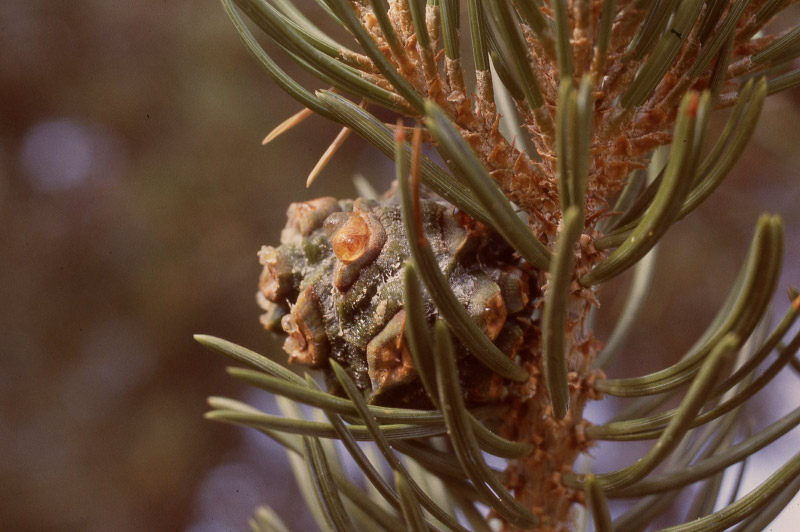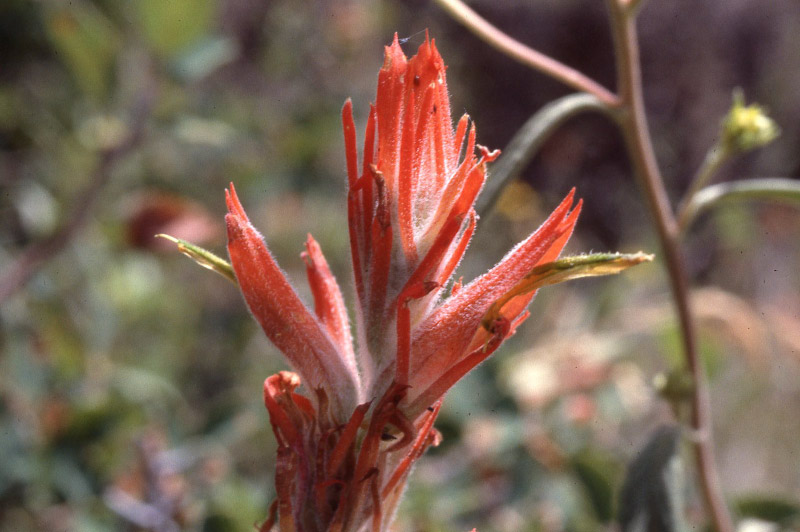Zooming – July 2016
/Instead of making collages from clips of images – I’m doing Zooming past the 30x my camera will do with its lens. It will do up to 120x although it is essentially in-camera cropping because it is utilizing the resolution of the sensor rather than the lens. At 120x the images sometimes begin to look like an impressionist painting with a softer focus – but they can also show a lot more detail than the eye can see. It is easier to get good results with a monopod (I dislike the bulk of a tripod although I might try it more frequently. I picked 8 of my favorite zoomed images from the past few weeks.
I like to be well back from insects so that my camera does not influence their behavior. I once had a praying mantis jump on my camera! So using the zoom to capture the milkweed tussock moth caterpillars was my preference. They are about only about a half inch long.
Reaching back into the overgrowth along a path if often not a good idea: too many plants with thorns (like these wine berries) and poison ivy. Standing back and using the zoom to get the picture is the way to go!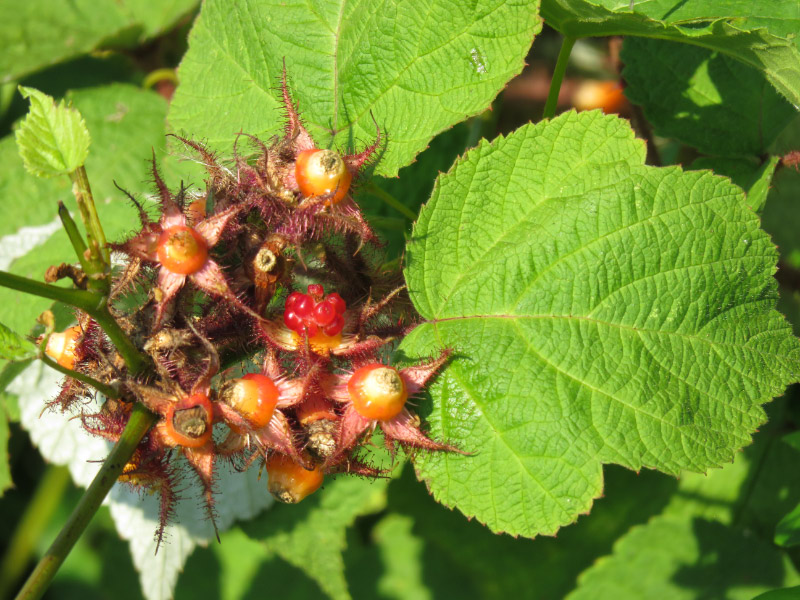
I didn’t want to chance getting the web these caterpillars were creating on the front of my camera by getting close…and zooming worked very well.
I’m sure this bug would have flown away if I’d tries to get close. I also like that the background is still there but out of focus. The flower is chicory; it was about the same diameter as a quarter.
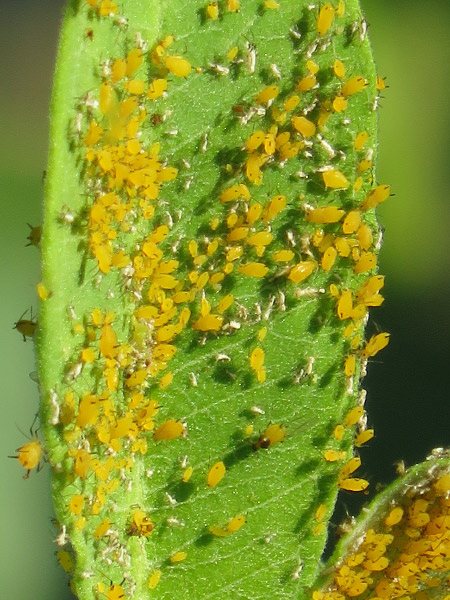 Aphids! The white ones are an earlier stage than the yellow ones. They do move around so zooming rather than getting close is my preference.
Aphids! The white ones are an earlier stage than the yellow ones. They do move around so zooming rather than getting close is my preference.
This seed stalk of a pokeweed was back in the waste high brush – glad I didn’t have to push my way thought it to get this image. I liked the pink and green. Later the seeds will be a deep purple.
This tiger swallowtail is enjoying a nectar snack! He would have flown away had I been close at all.
This is a max zoom photograph of a swallowtail wings. There is a fine line between nature photography and abstract art!


